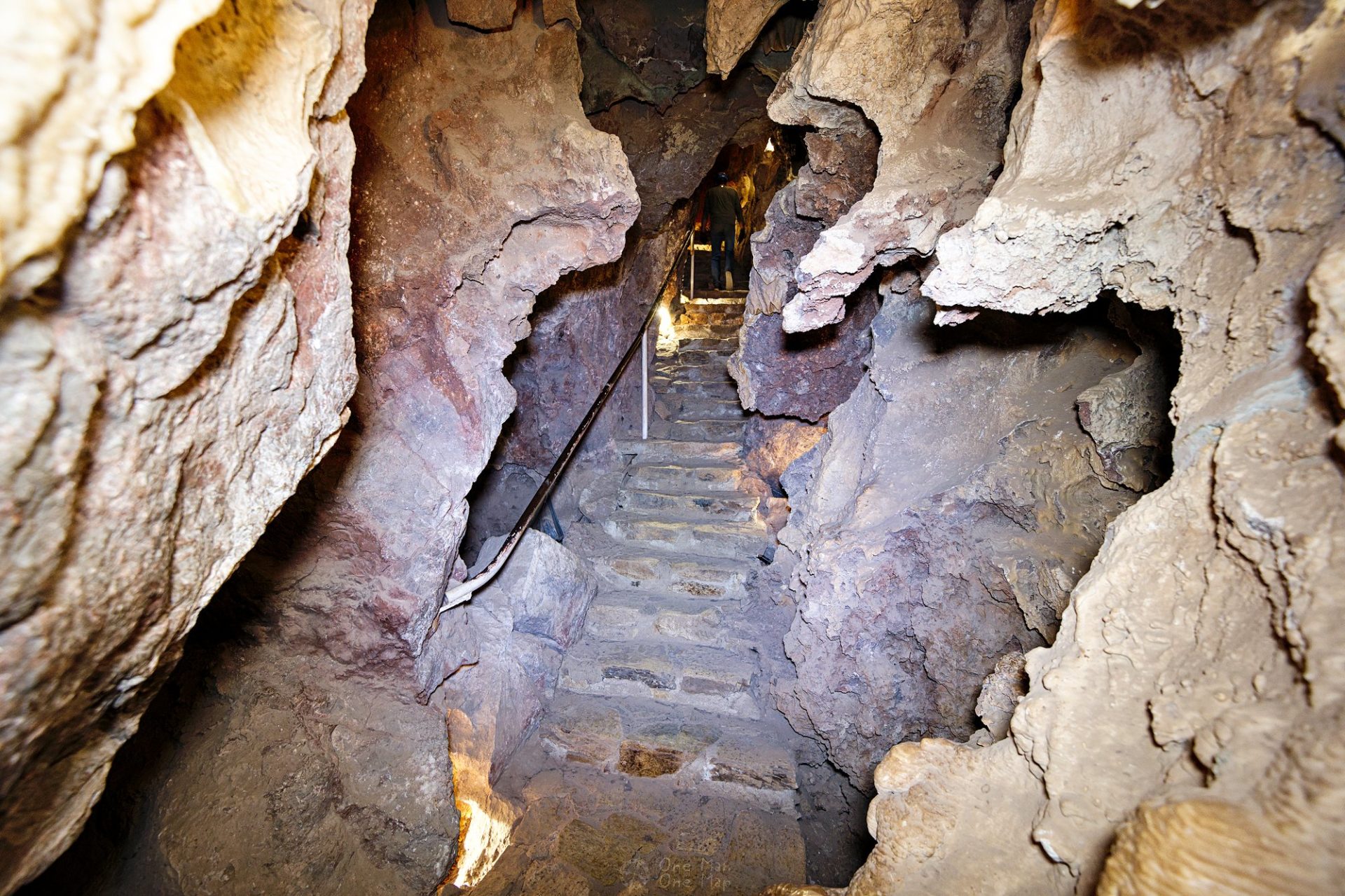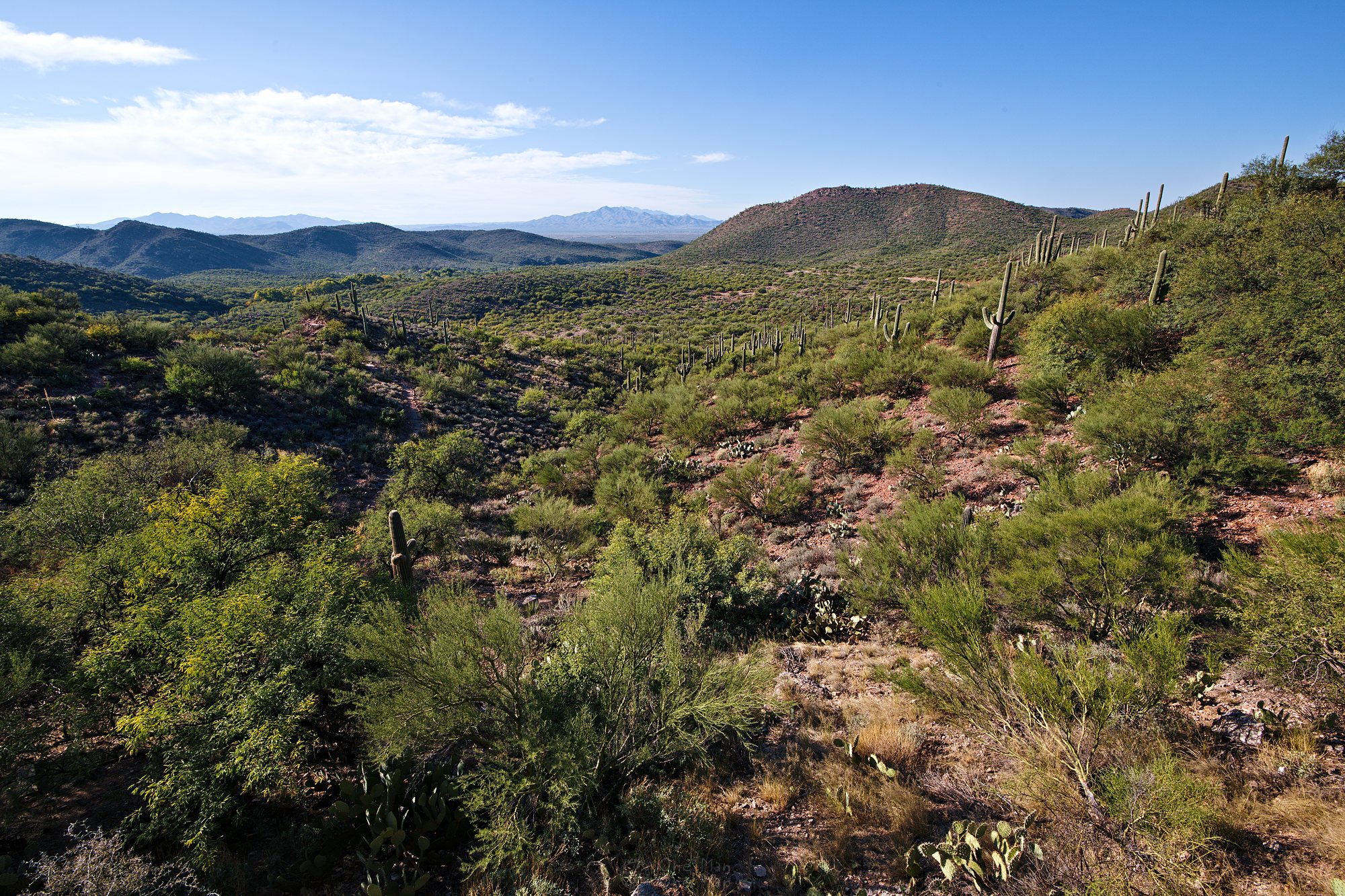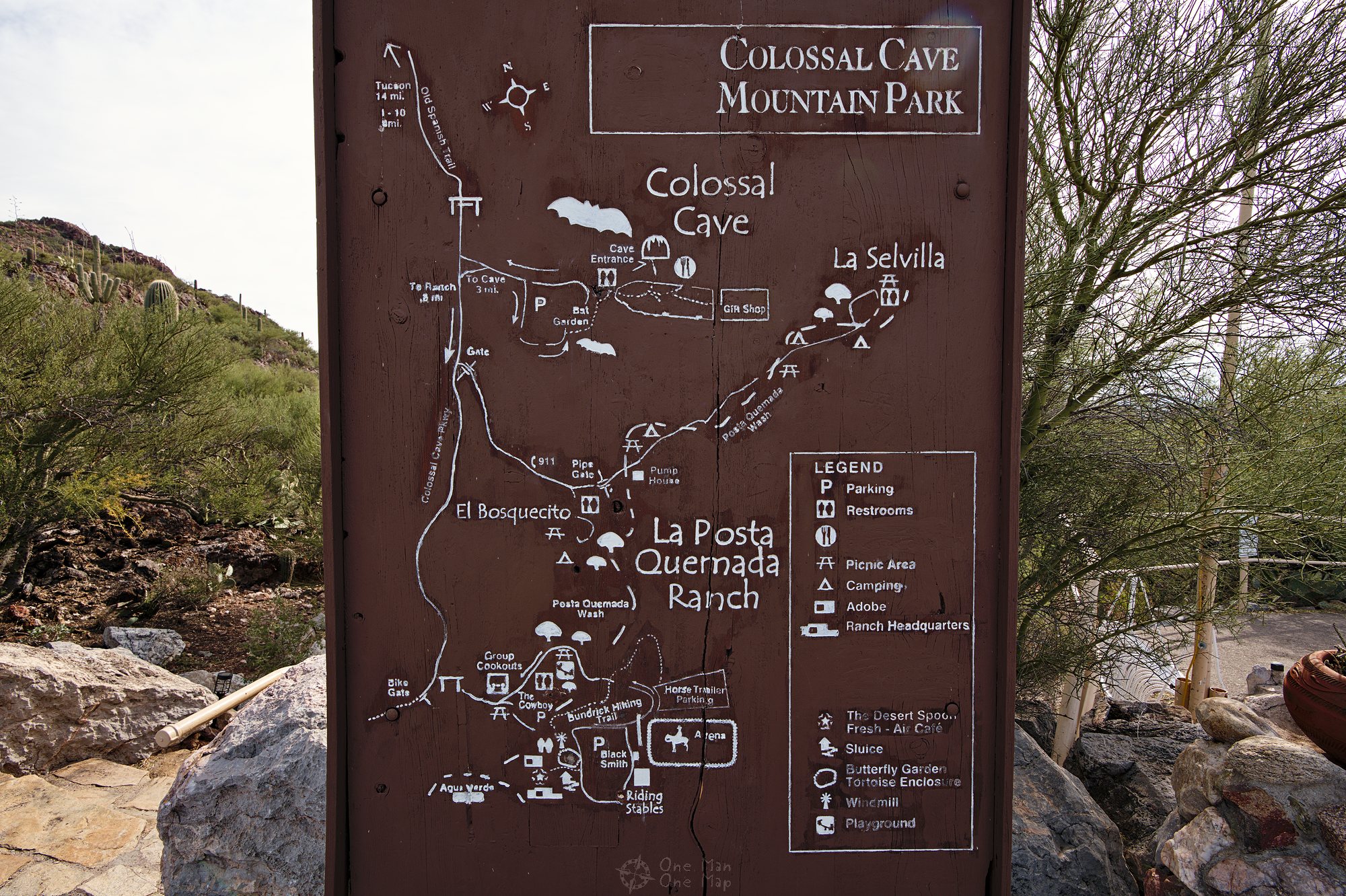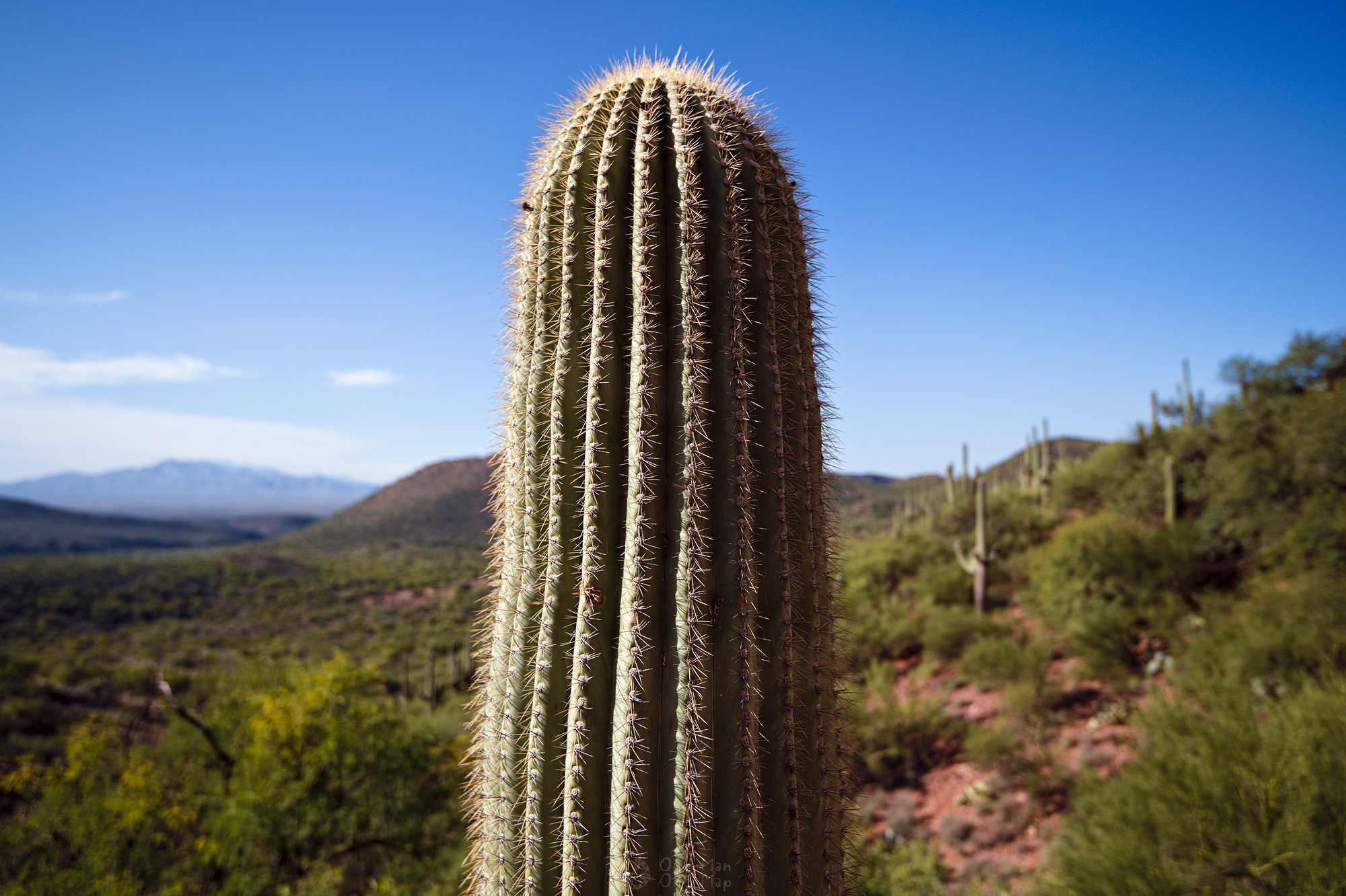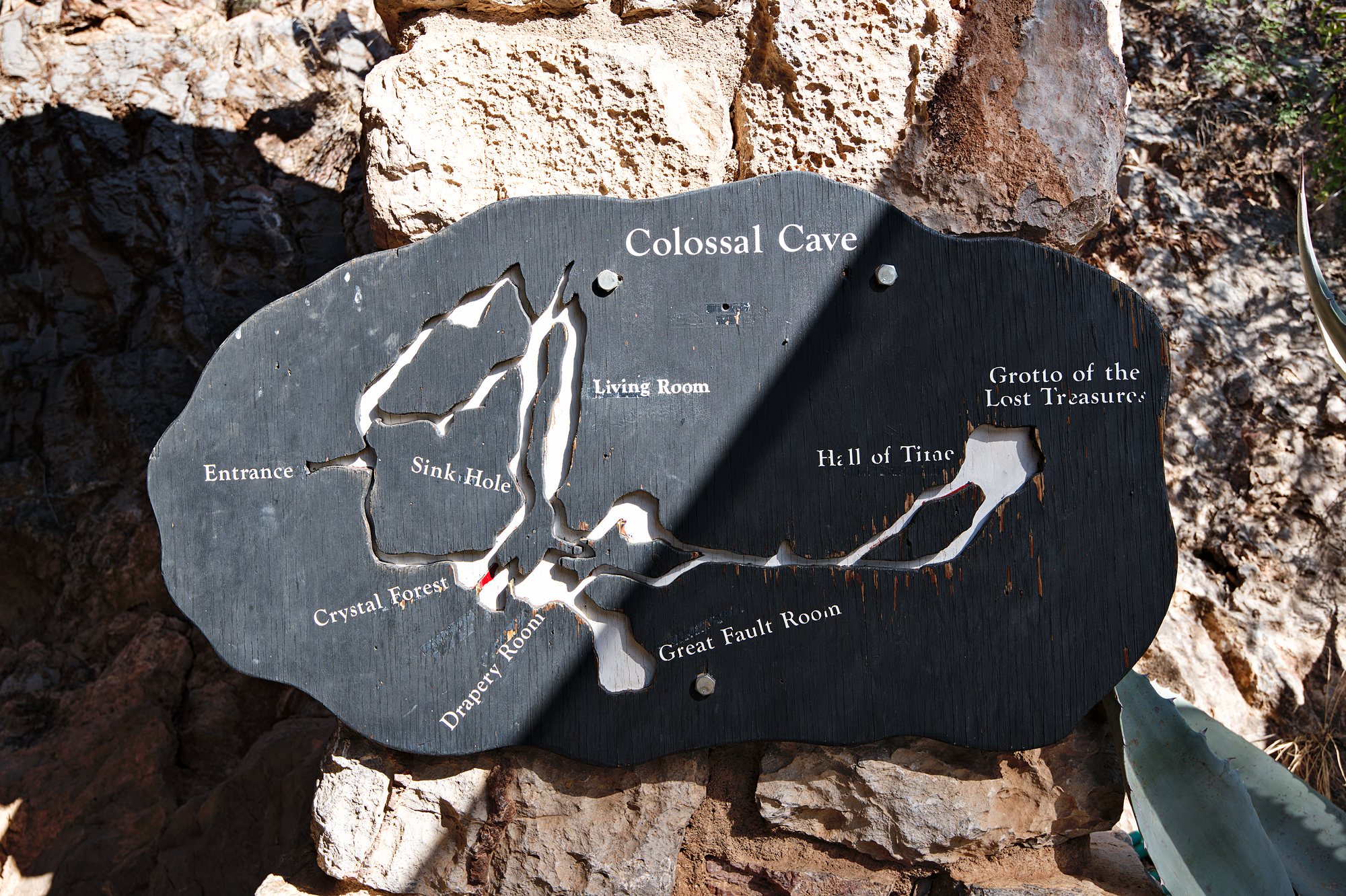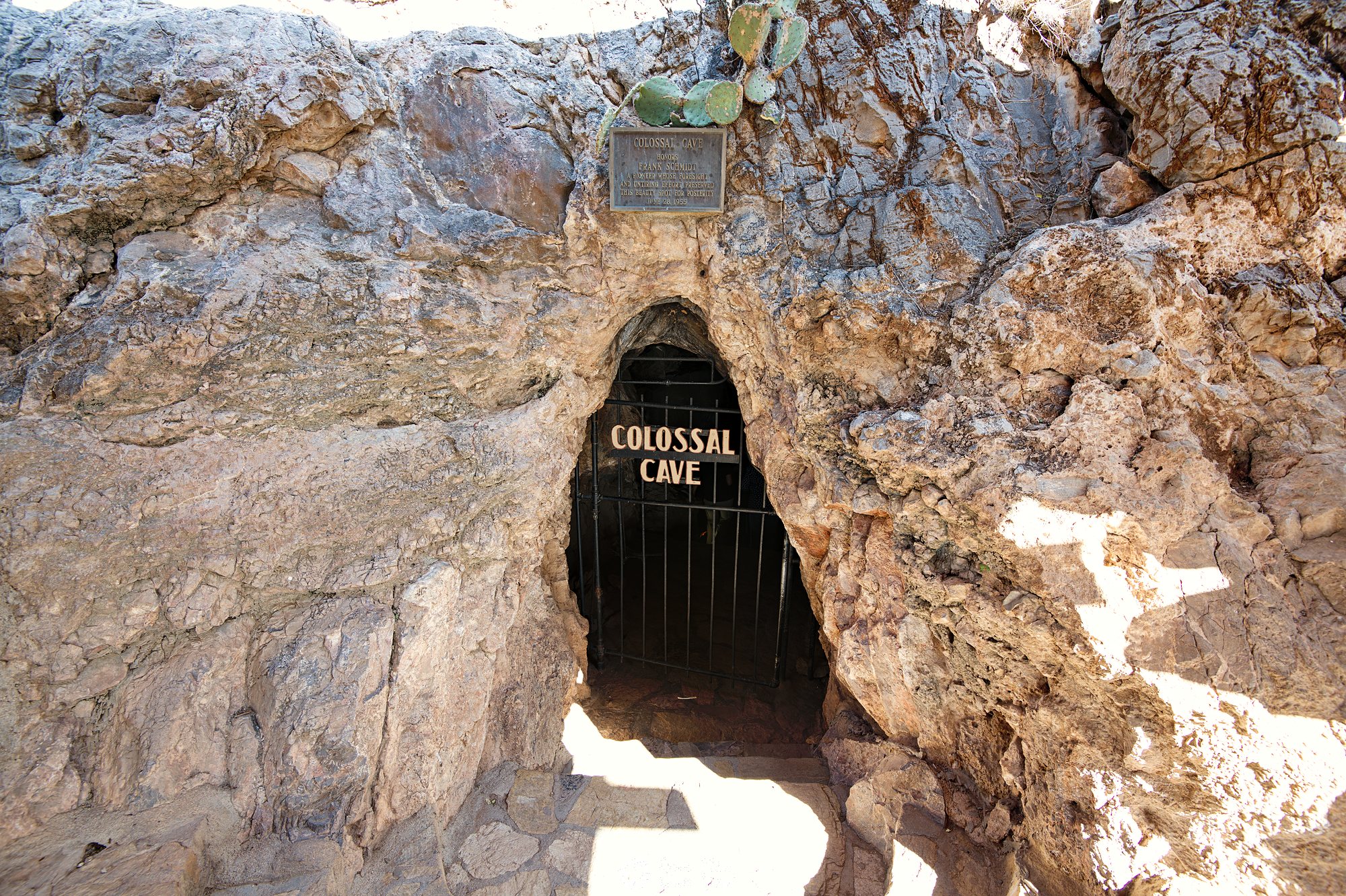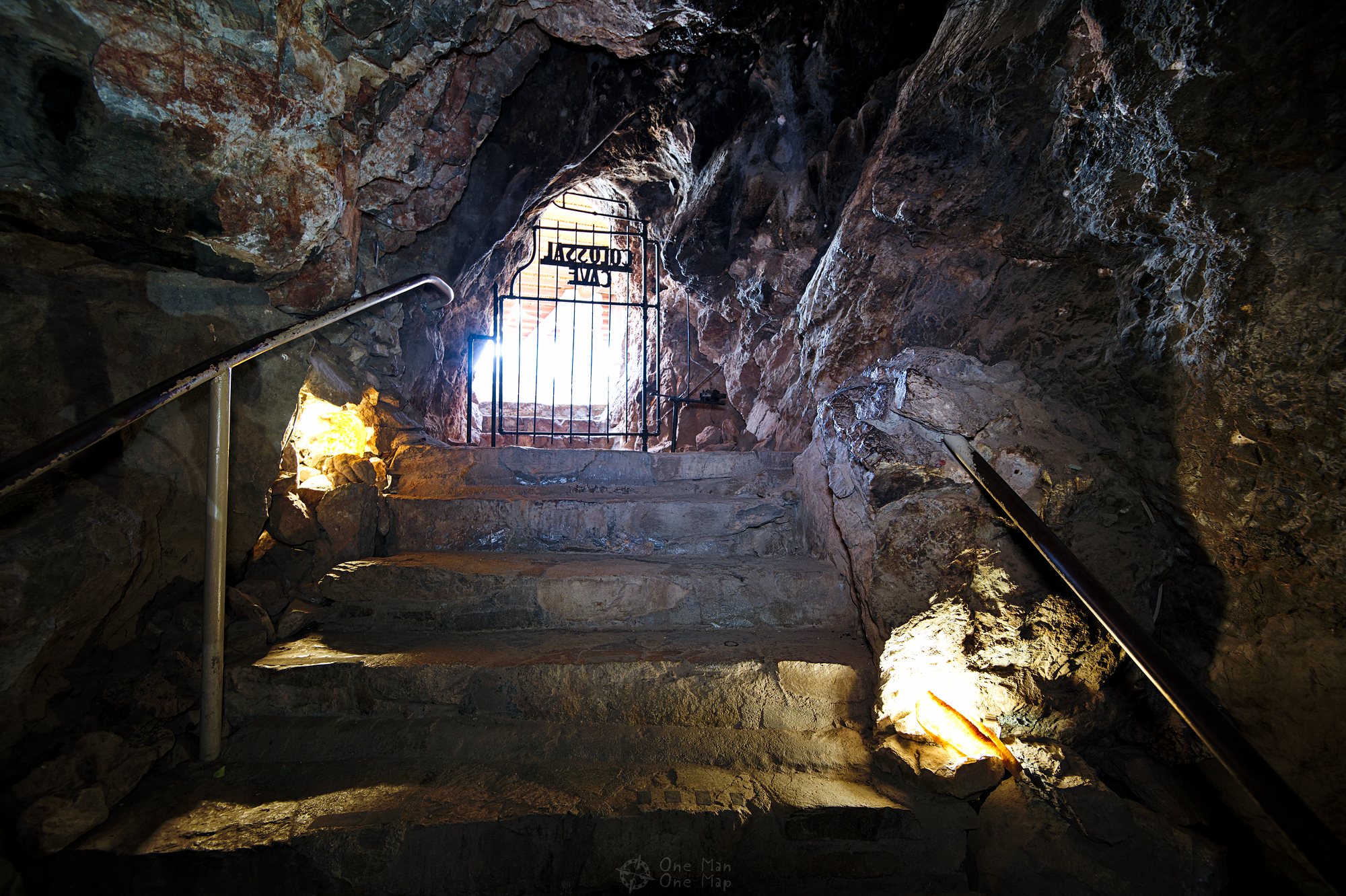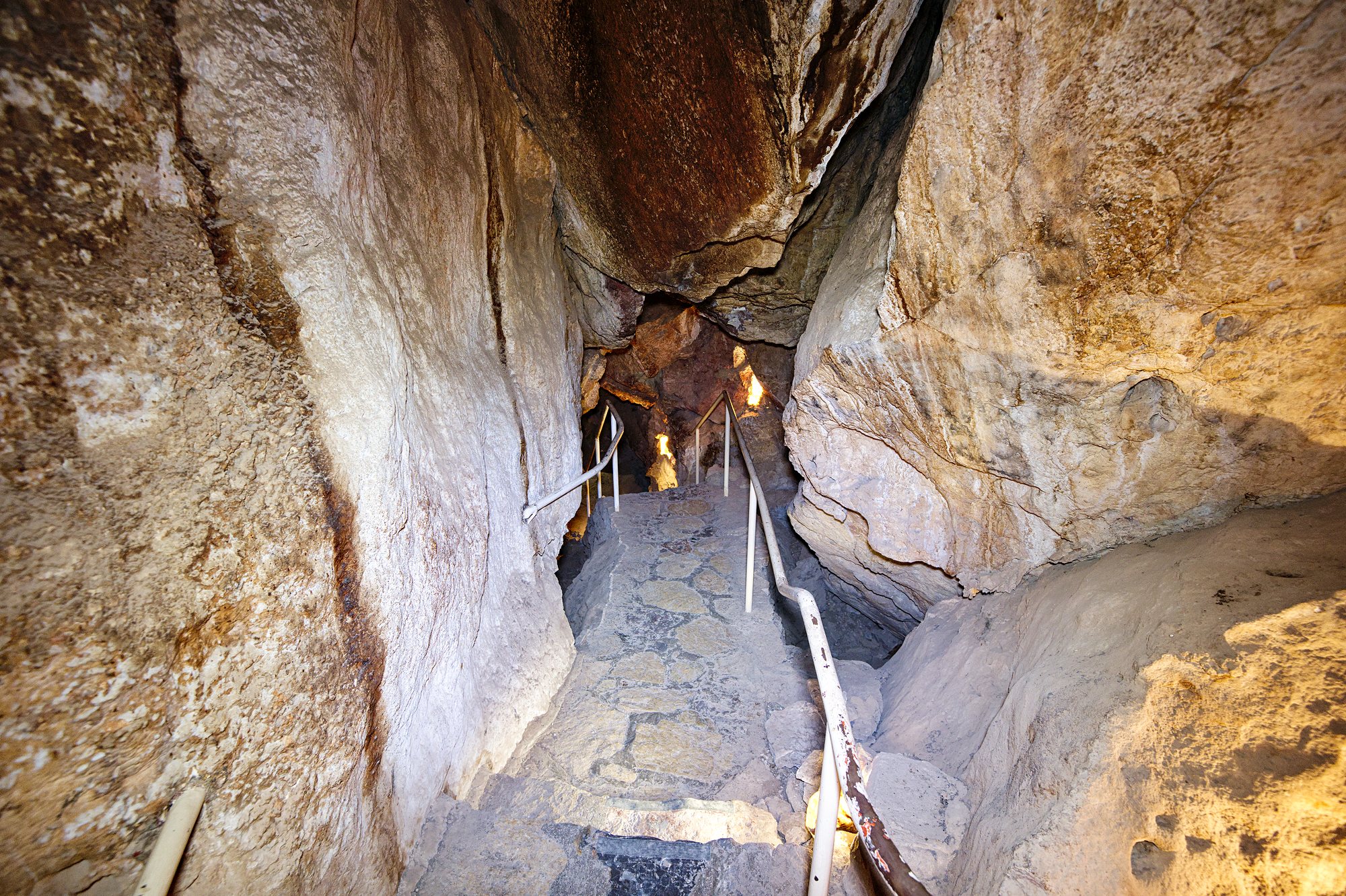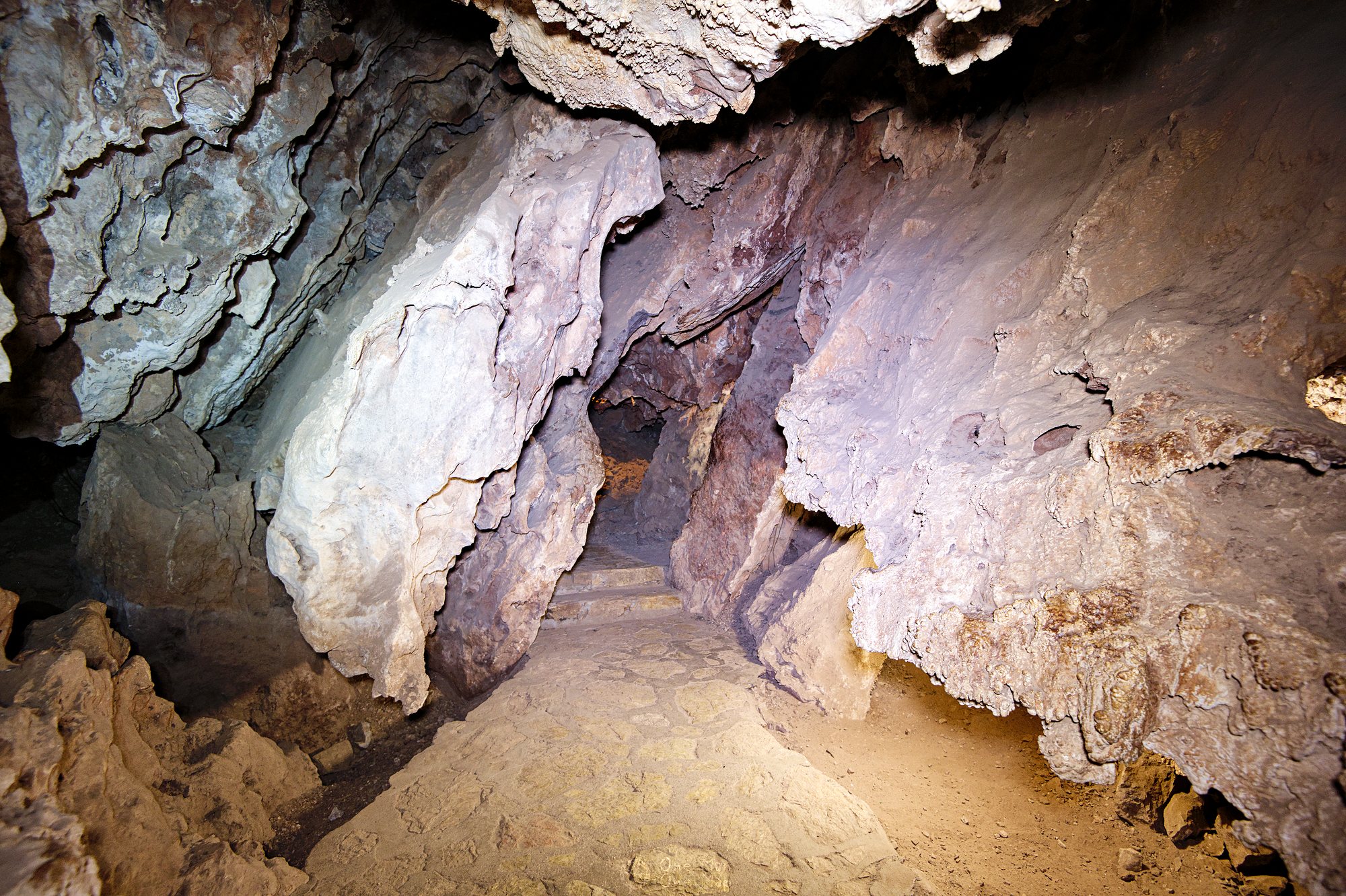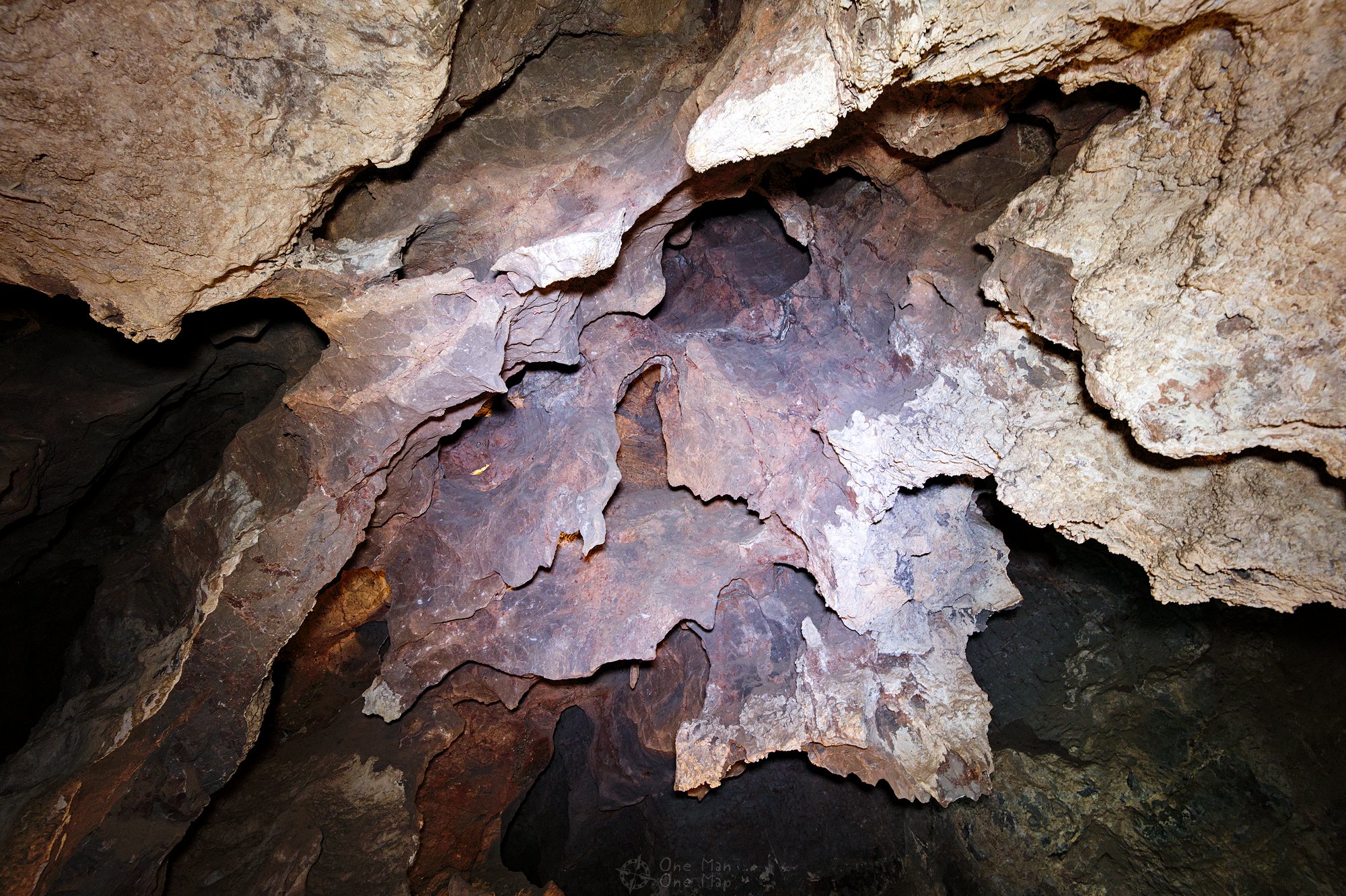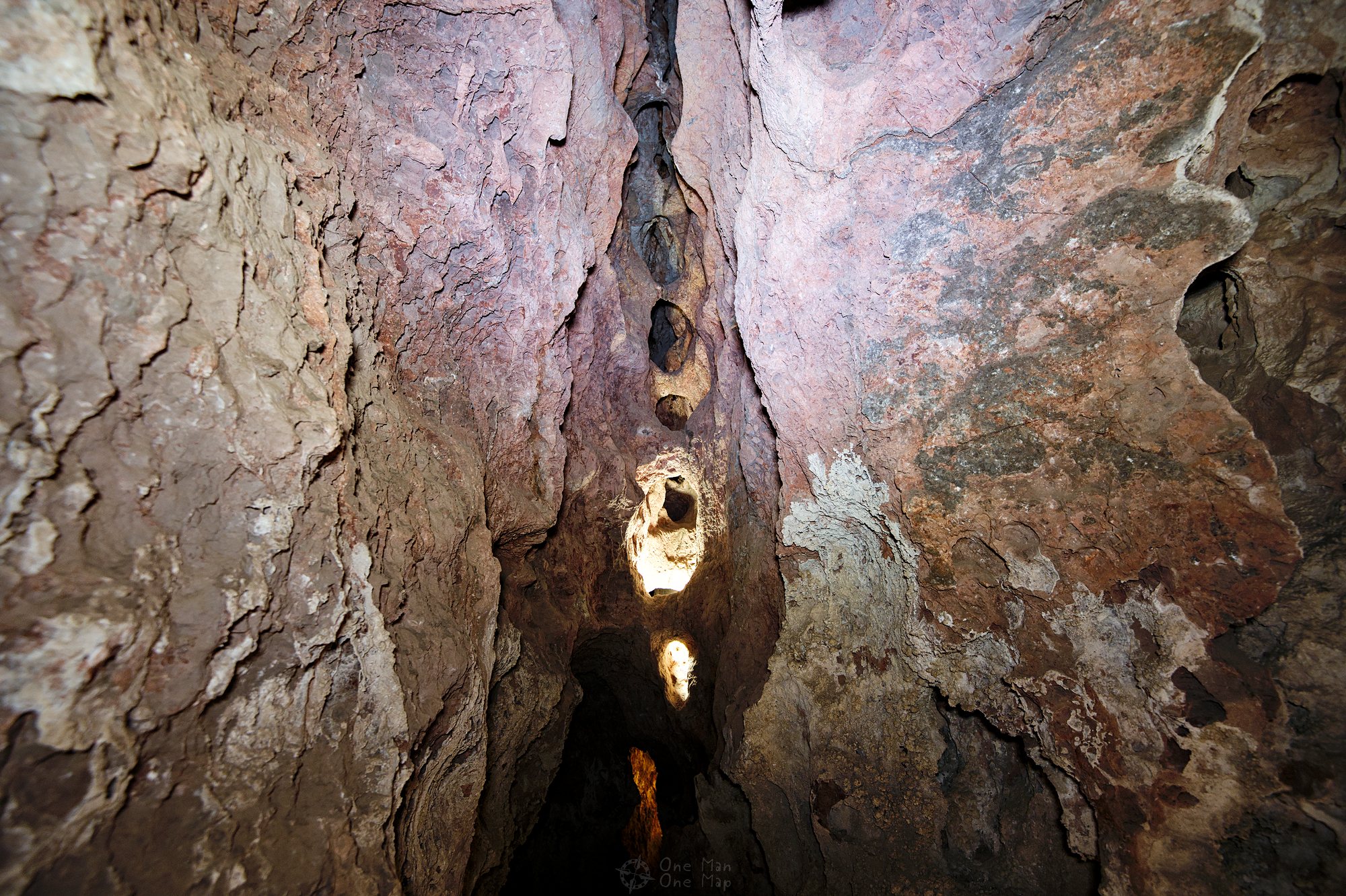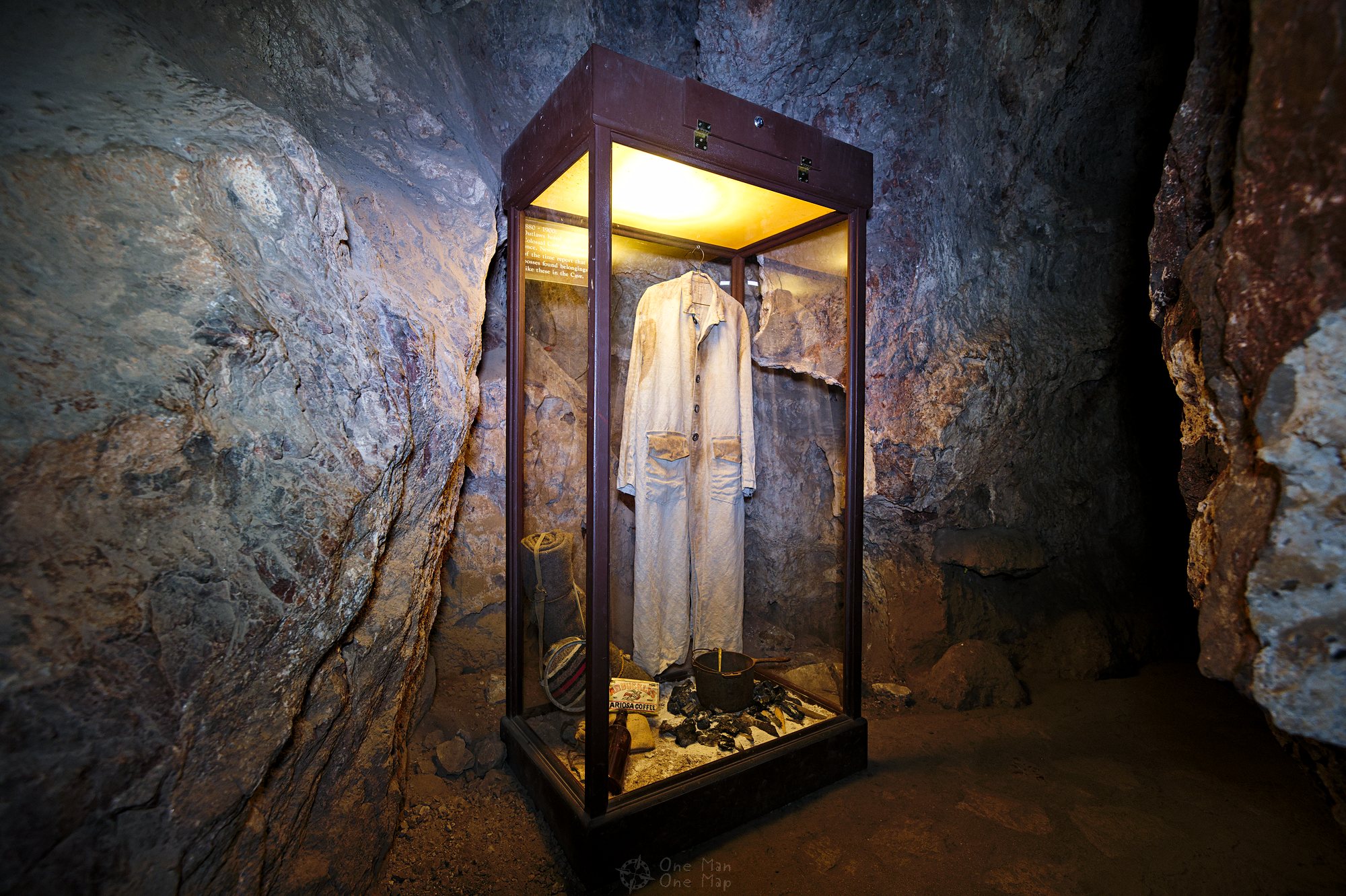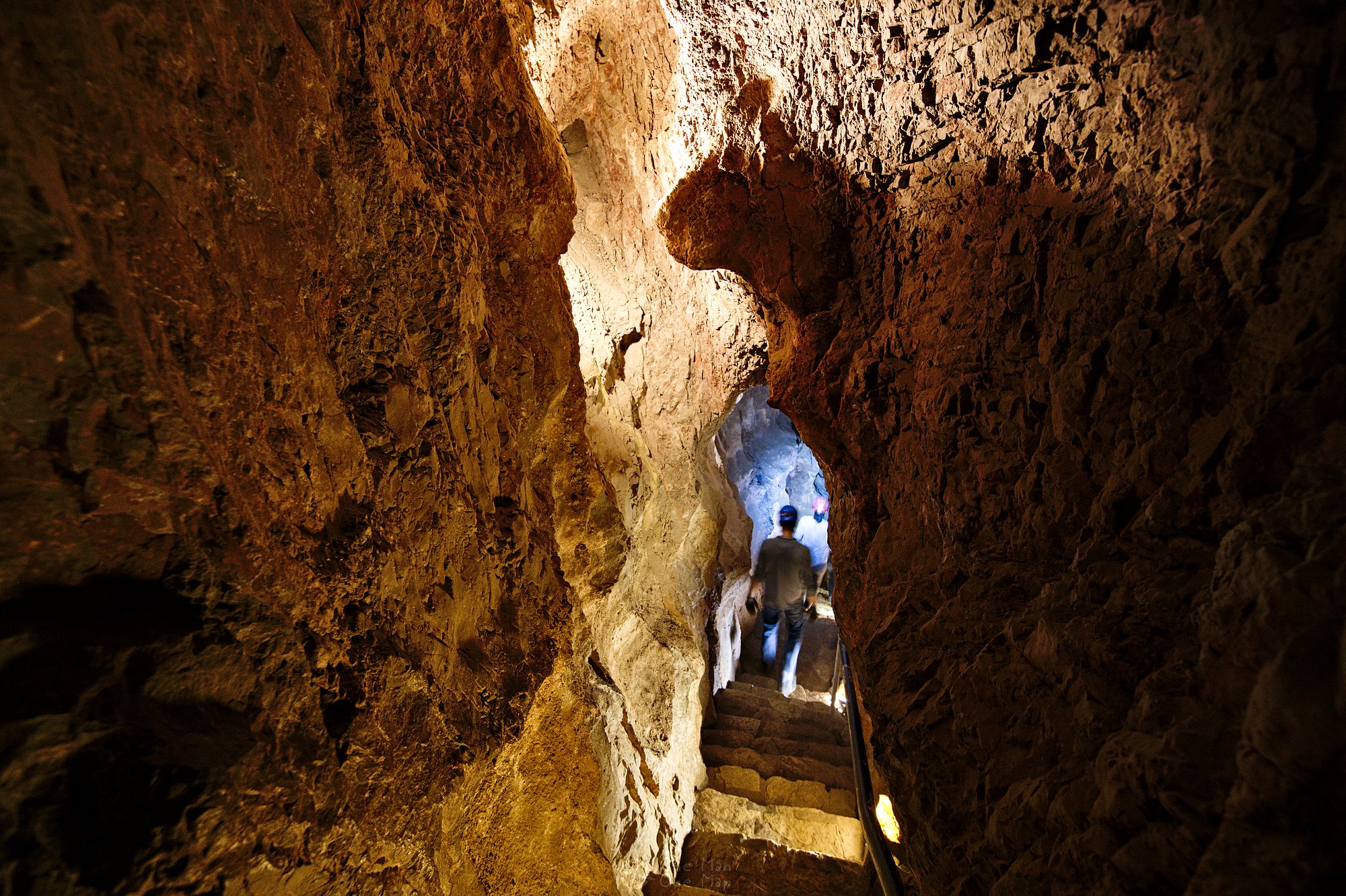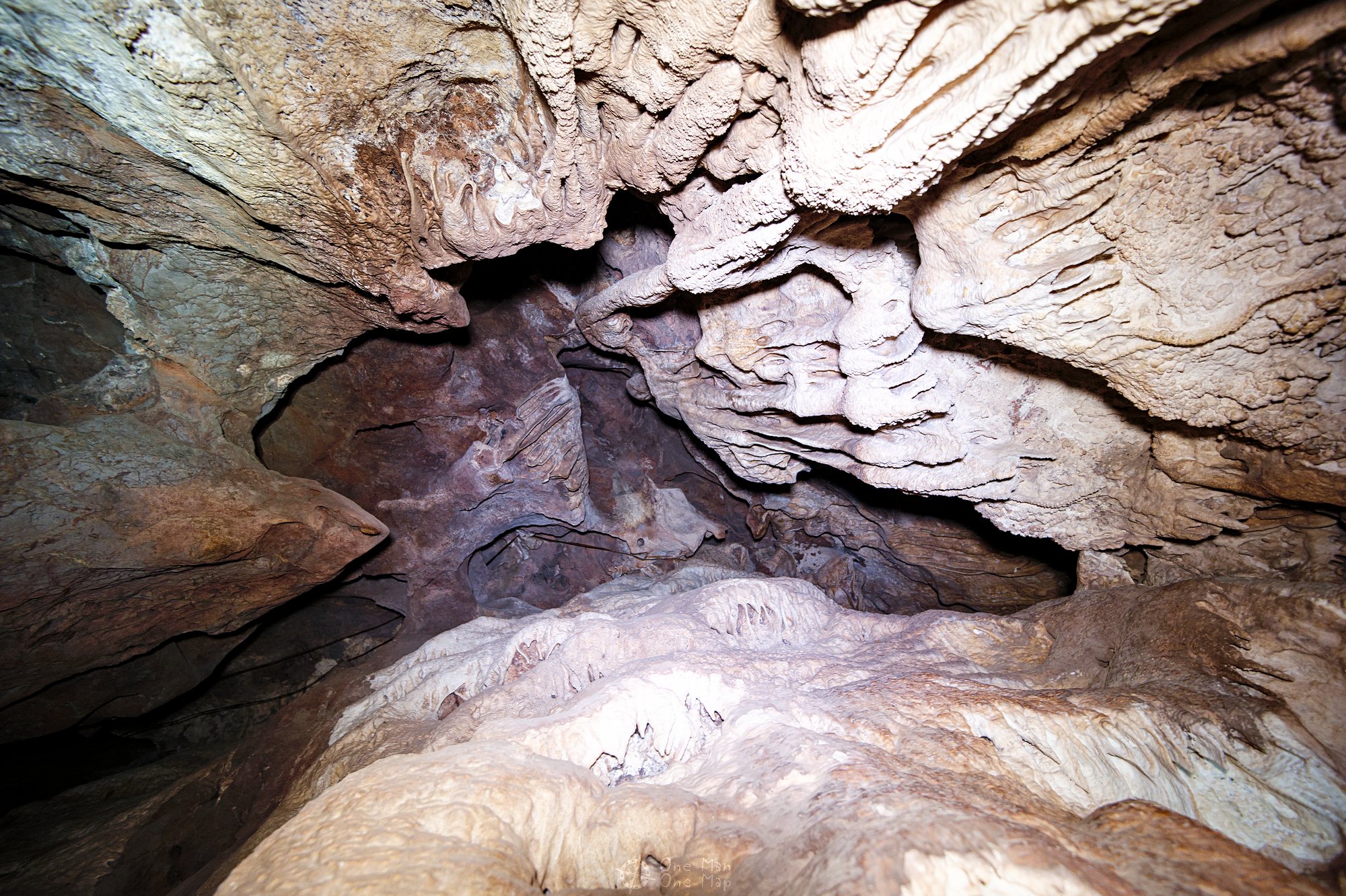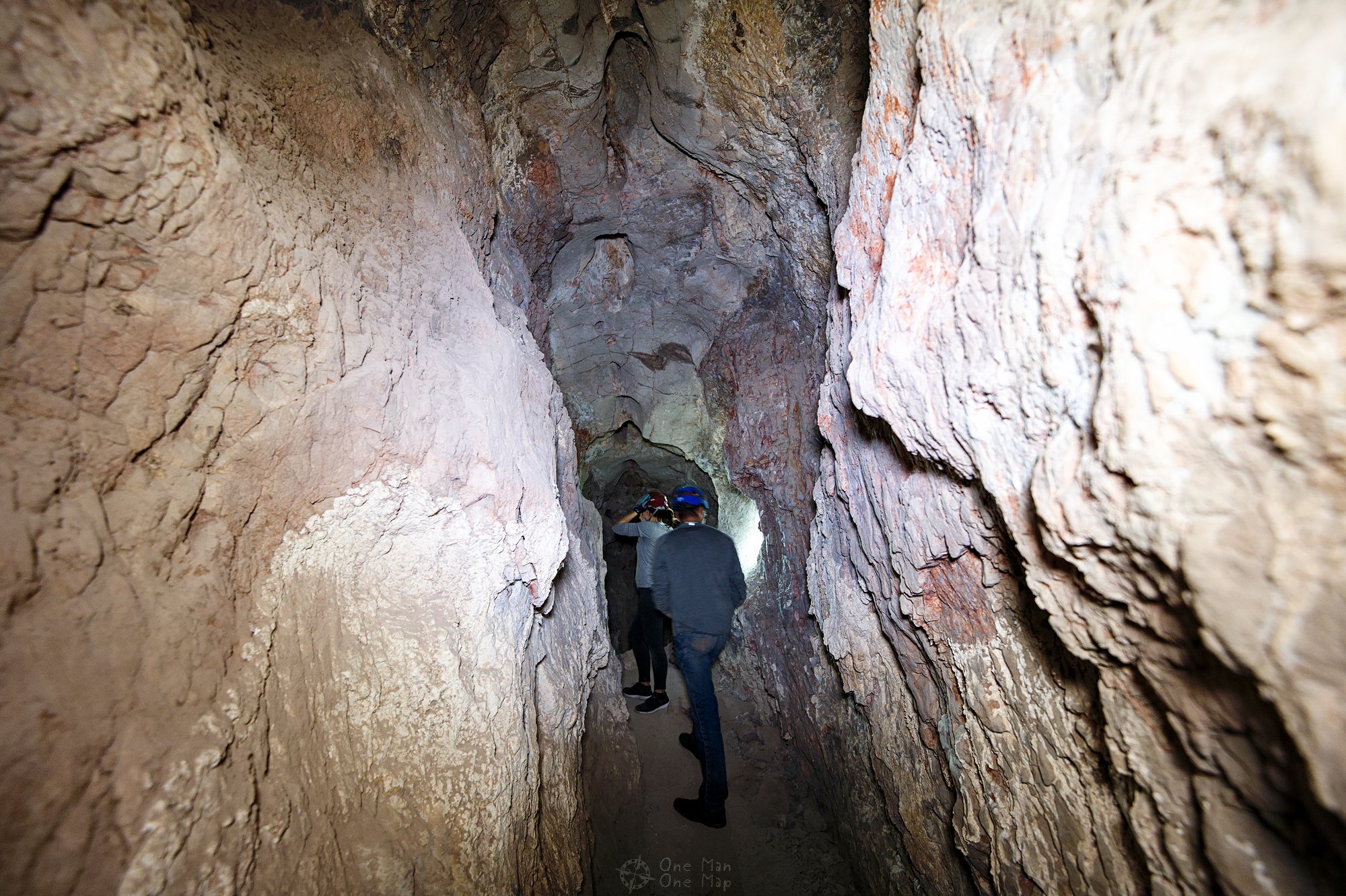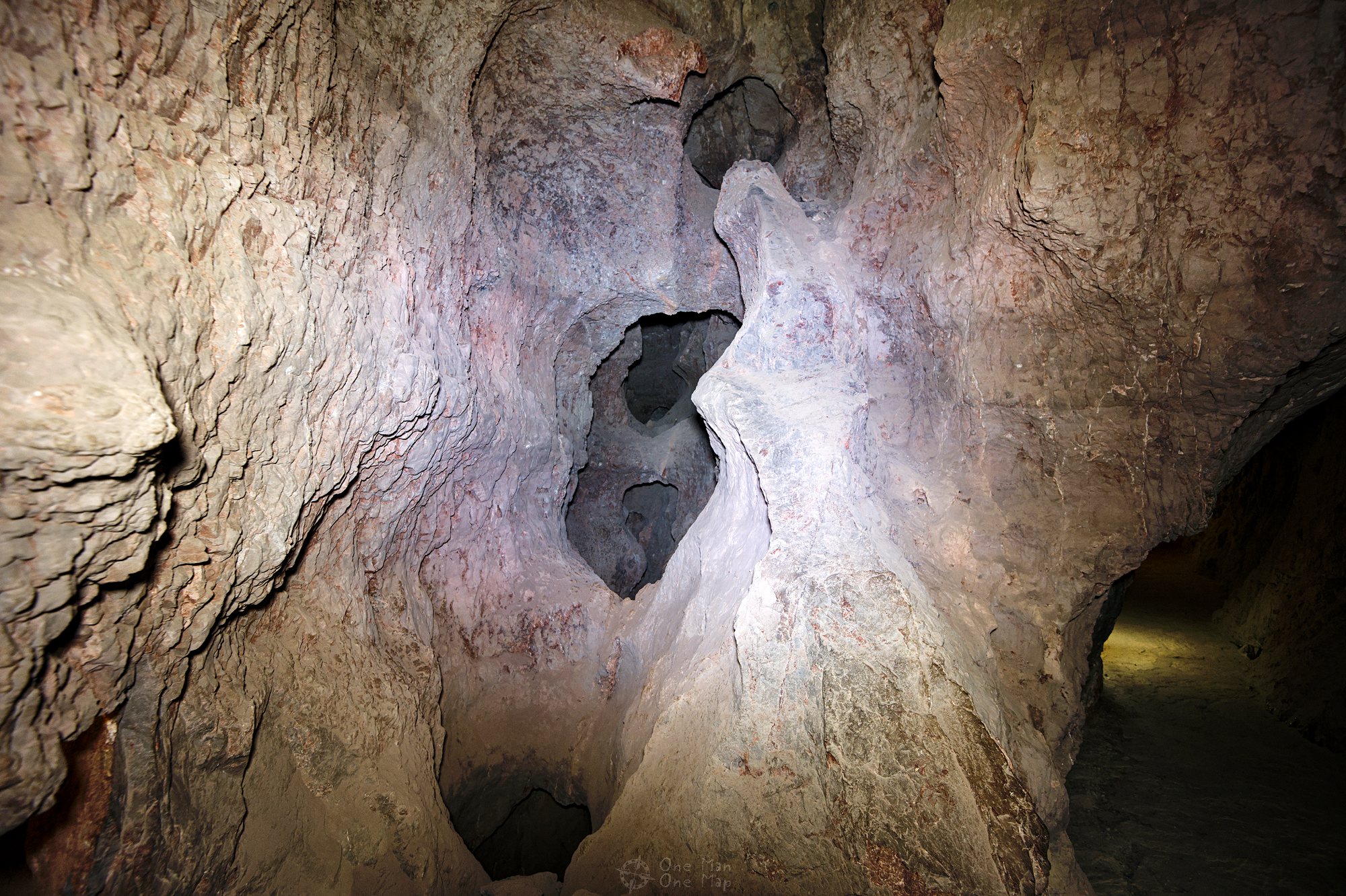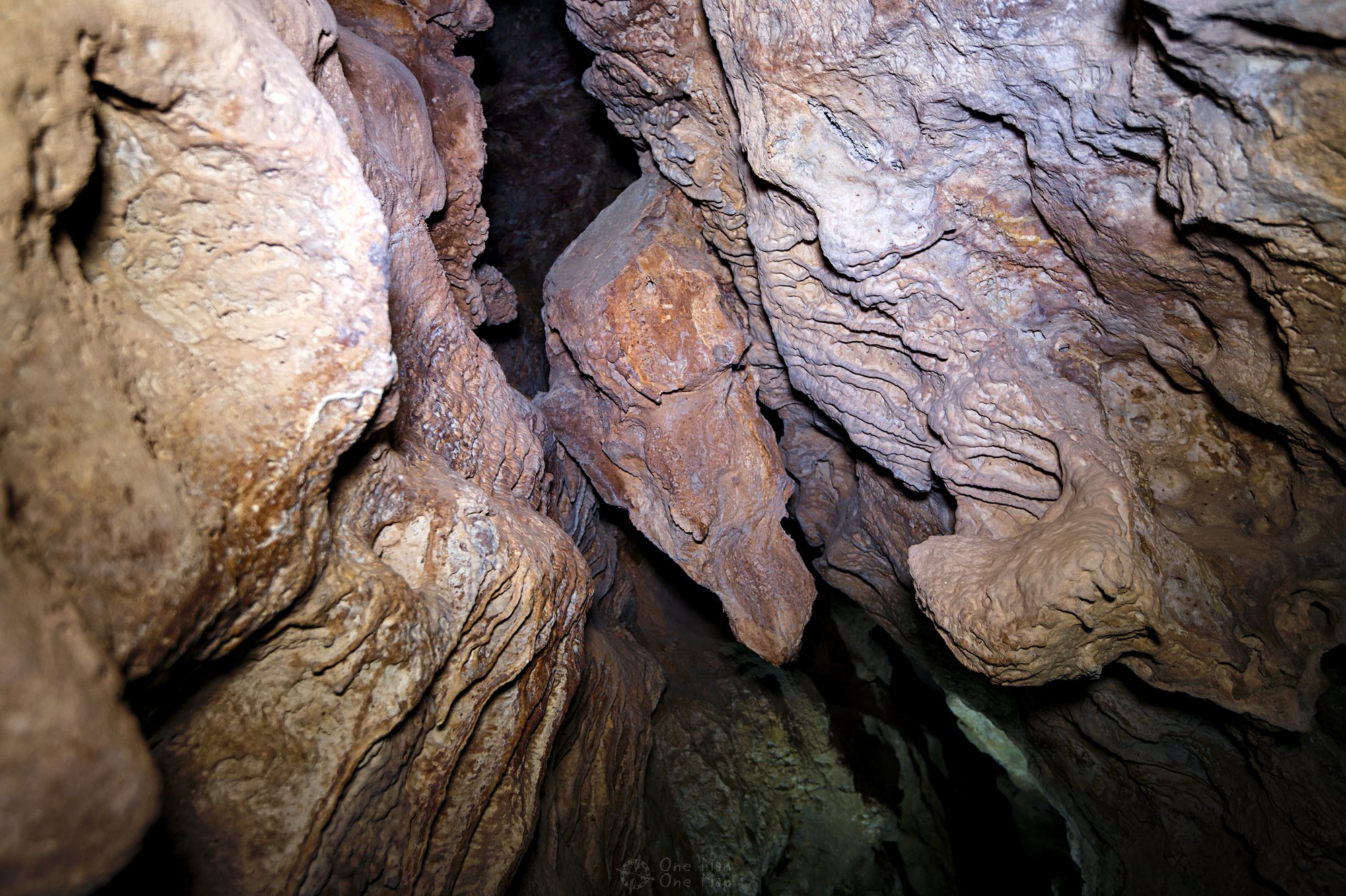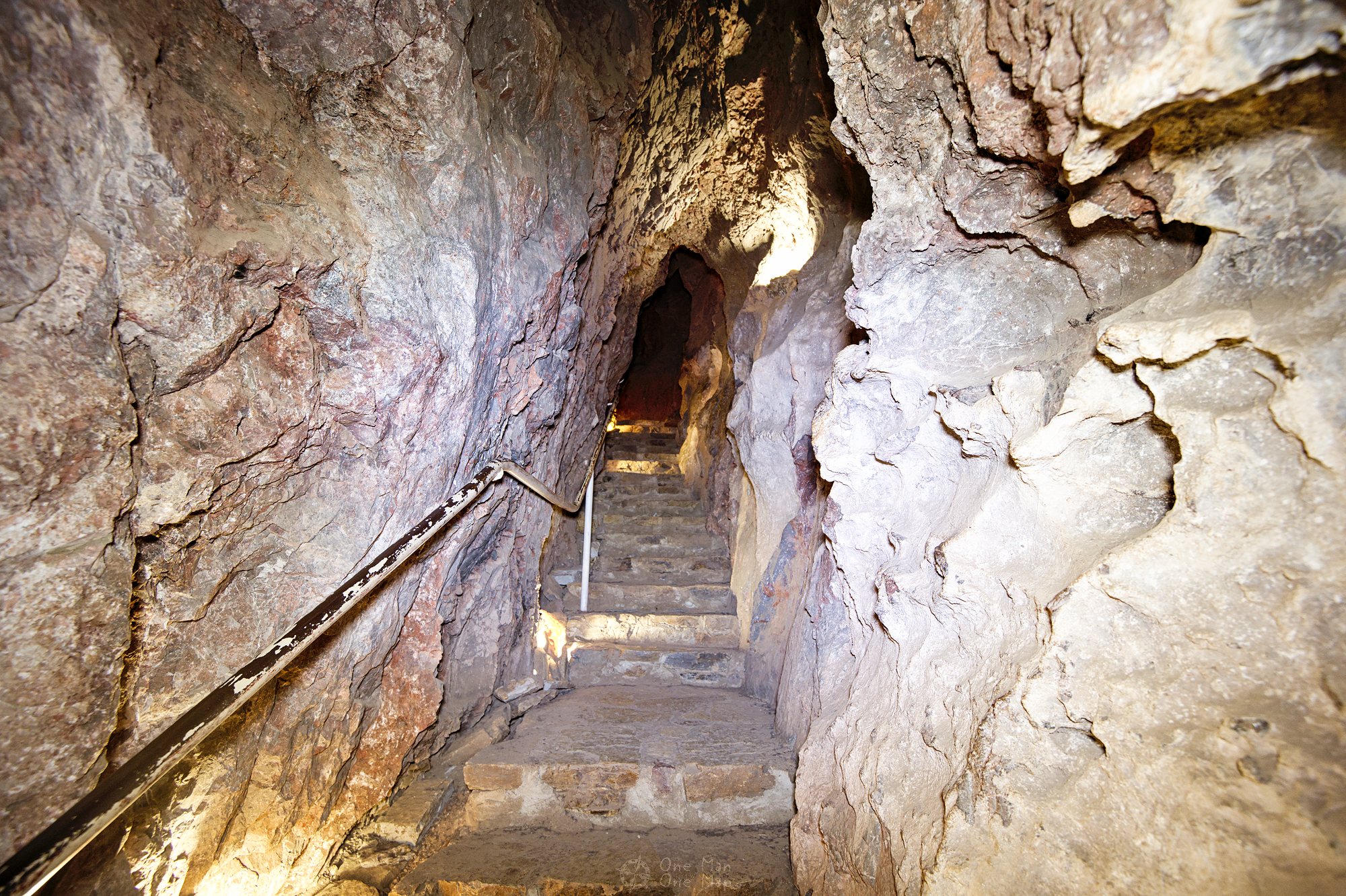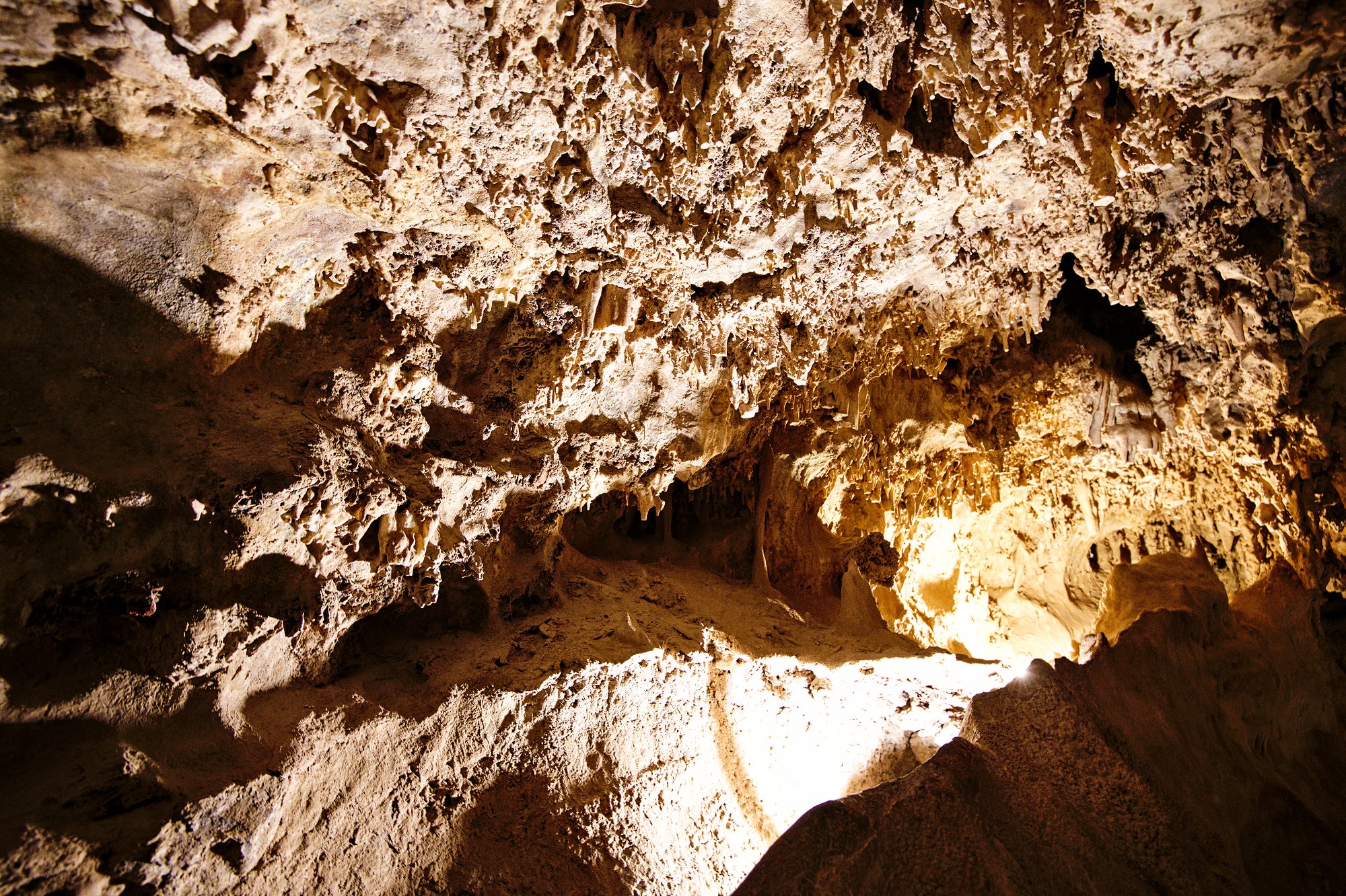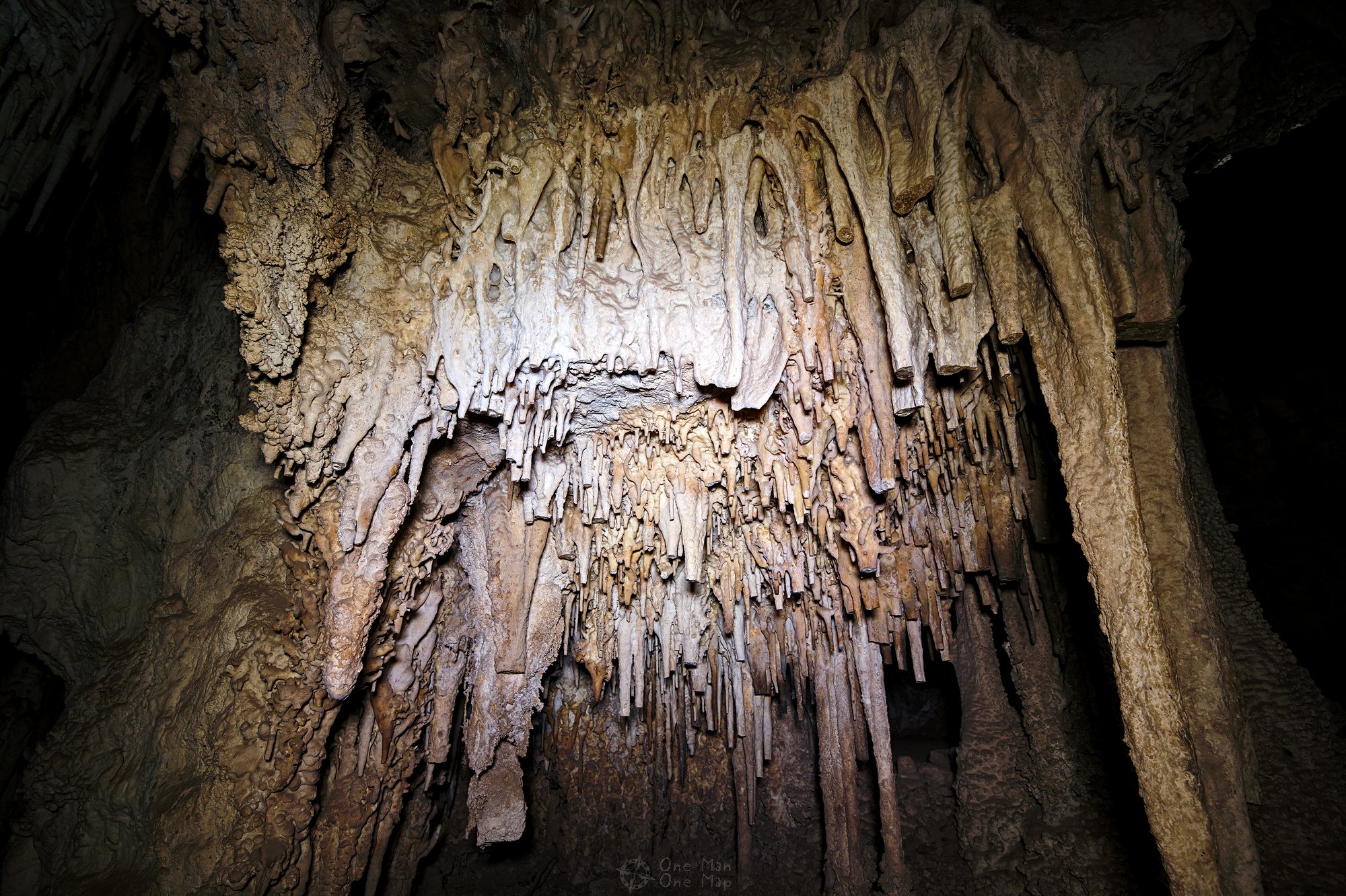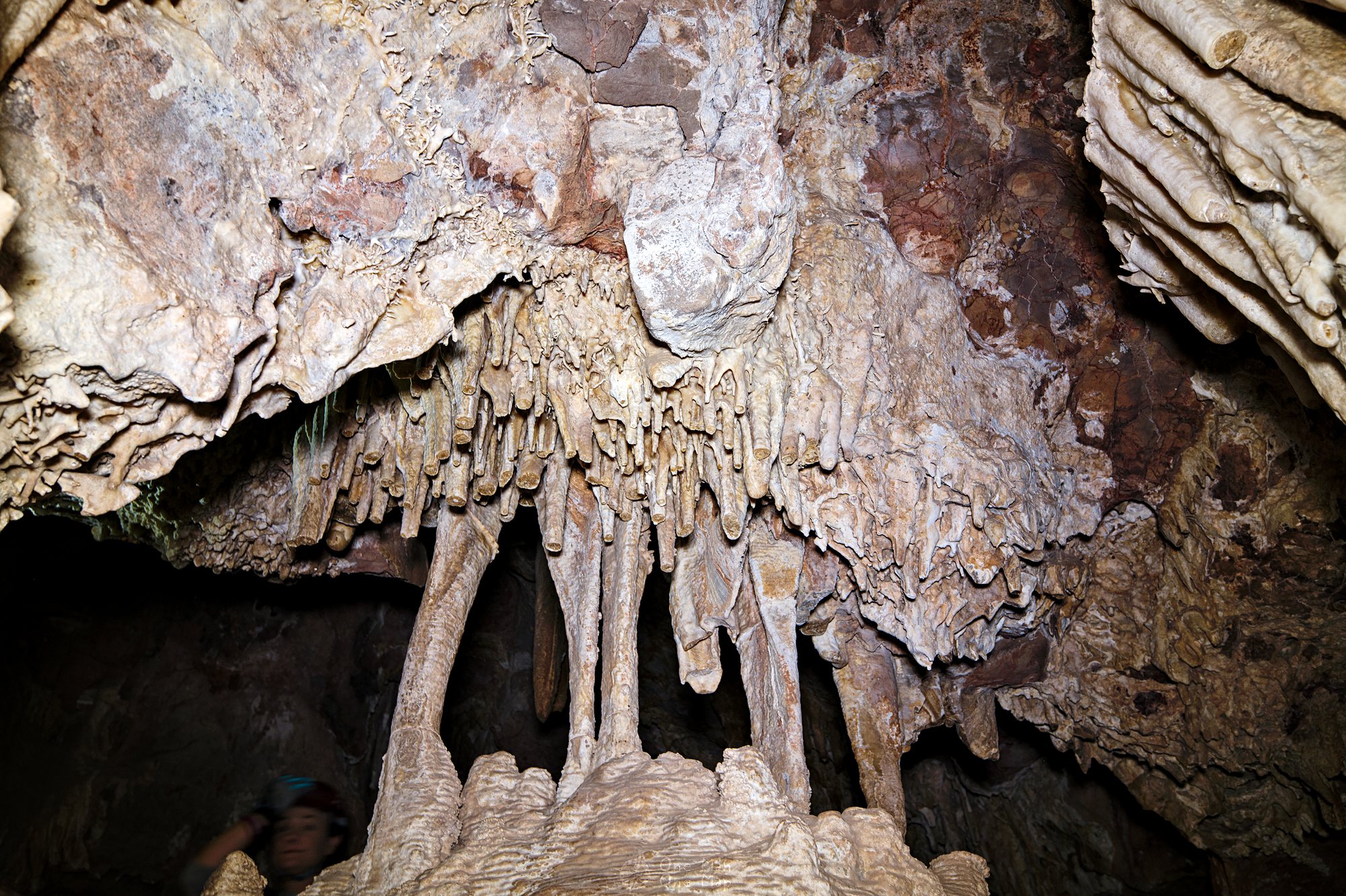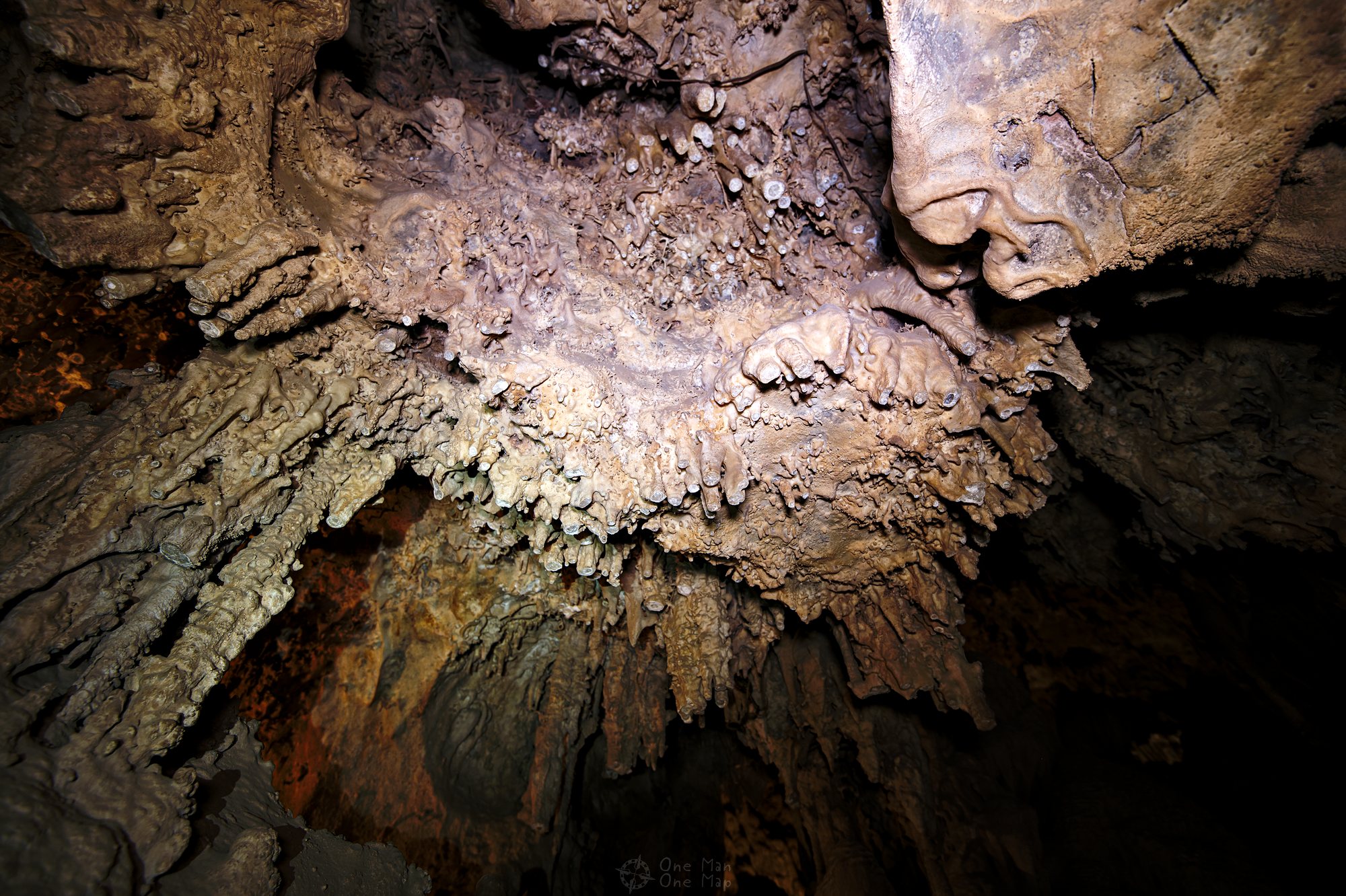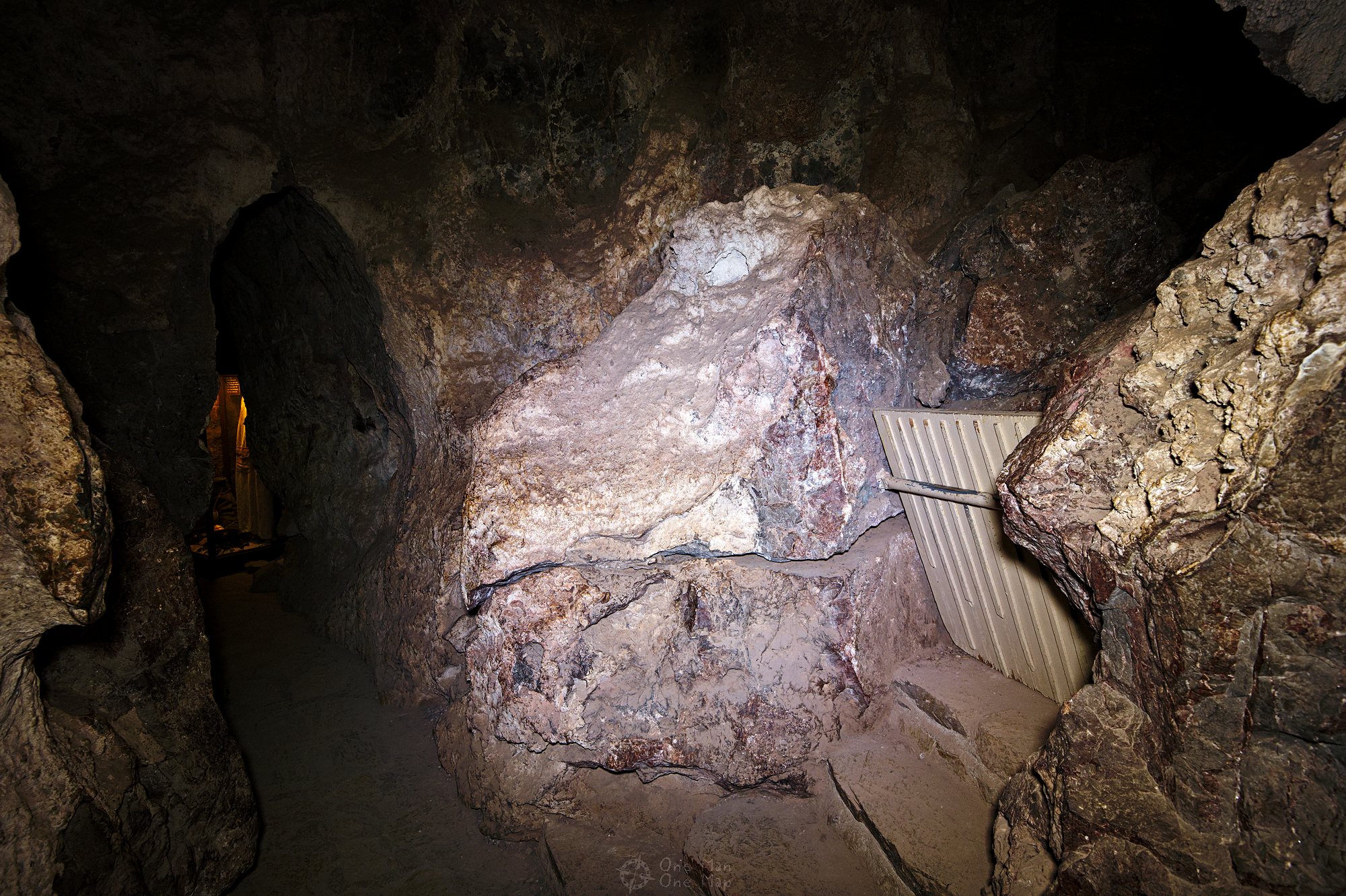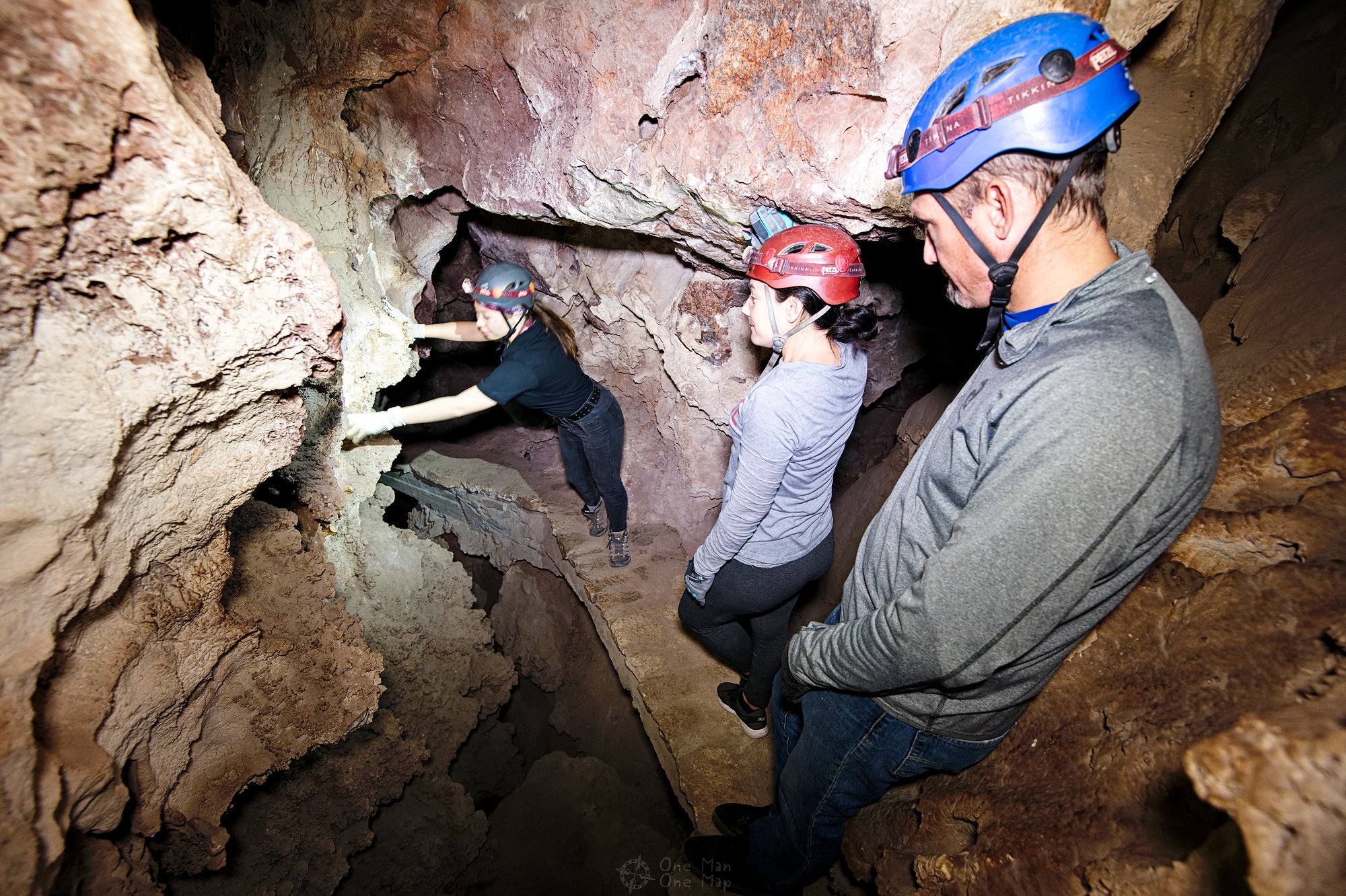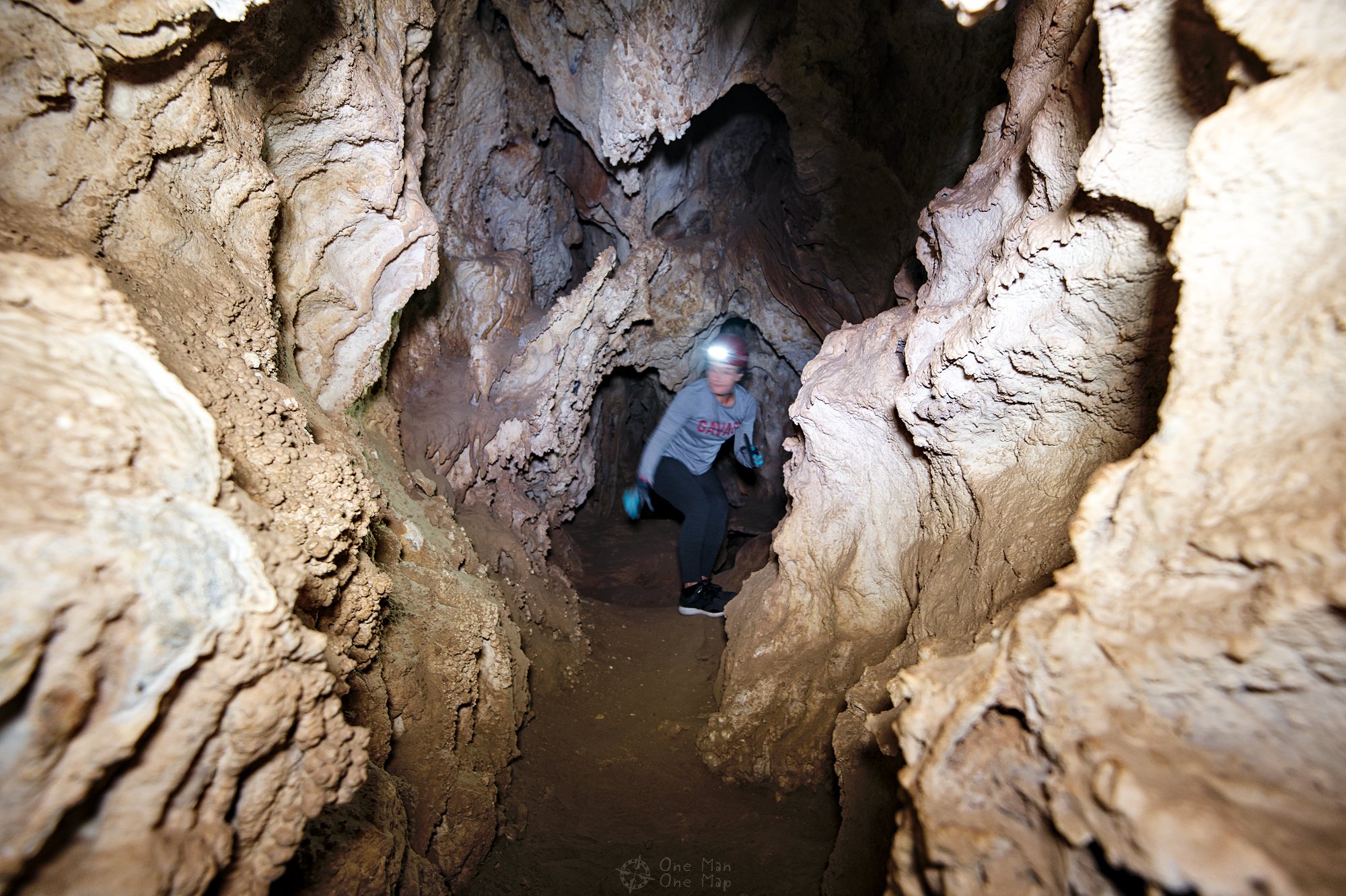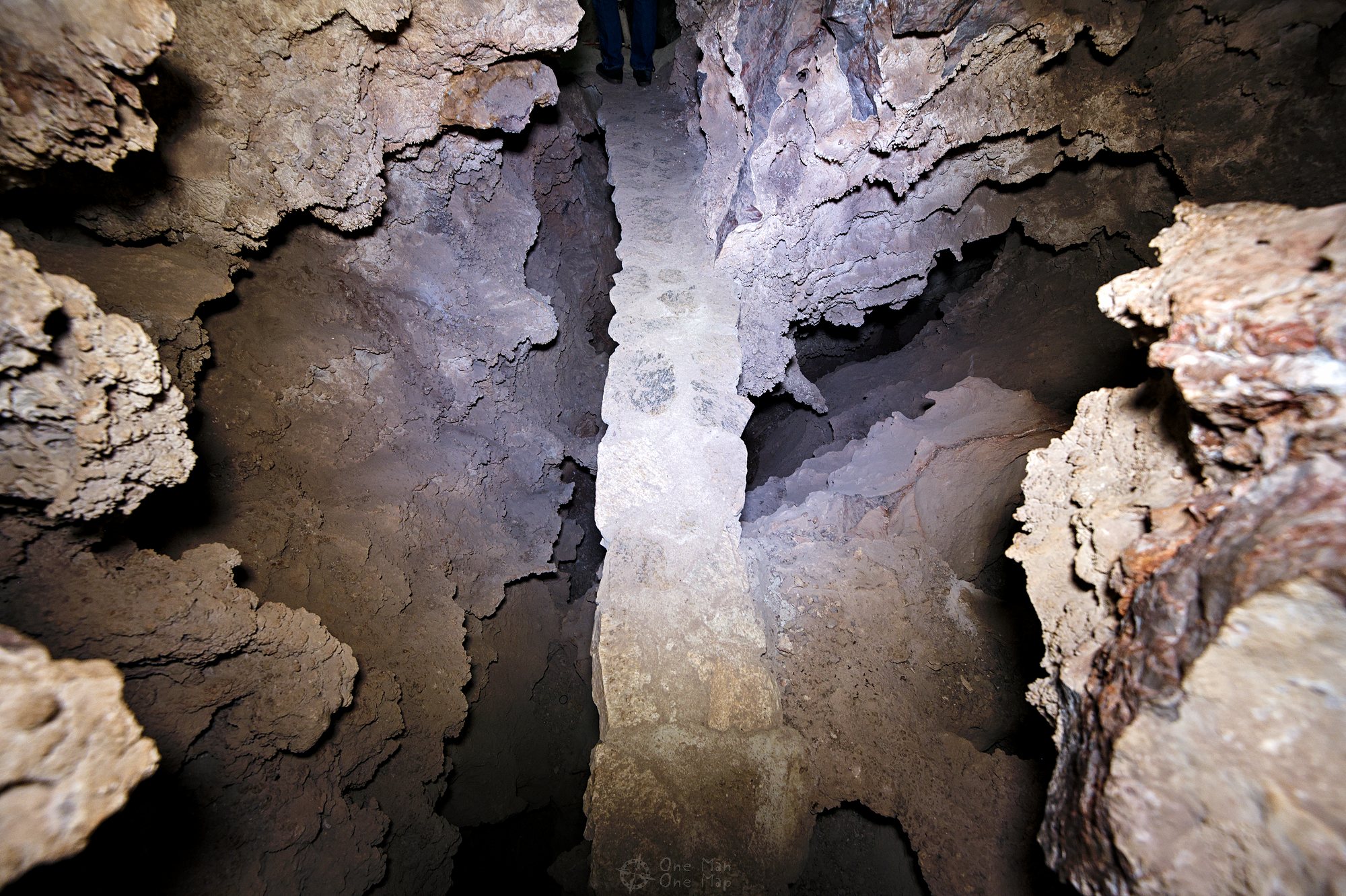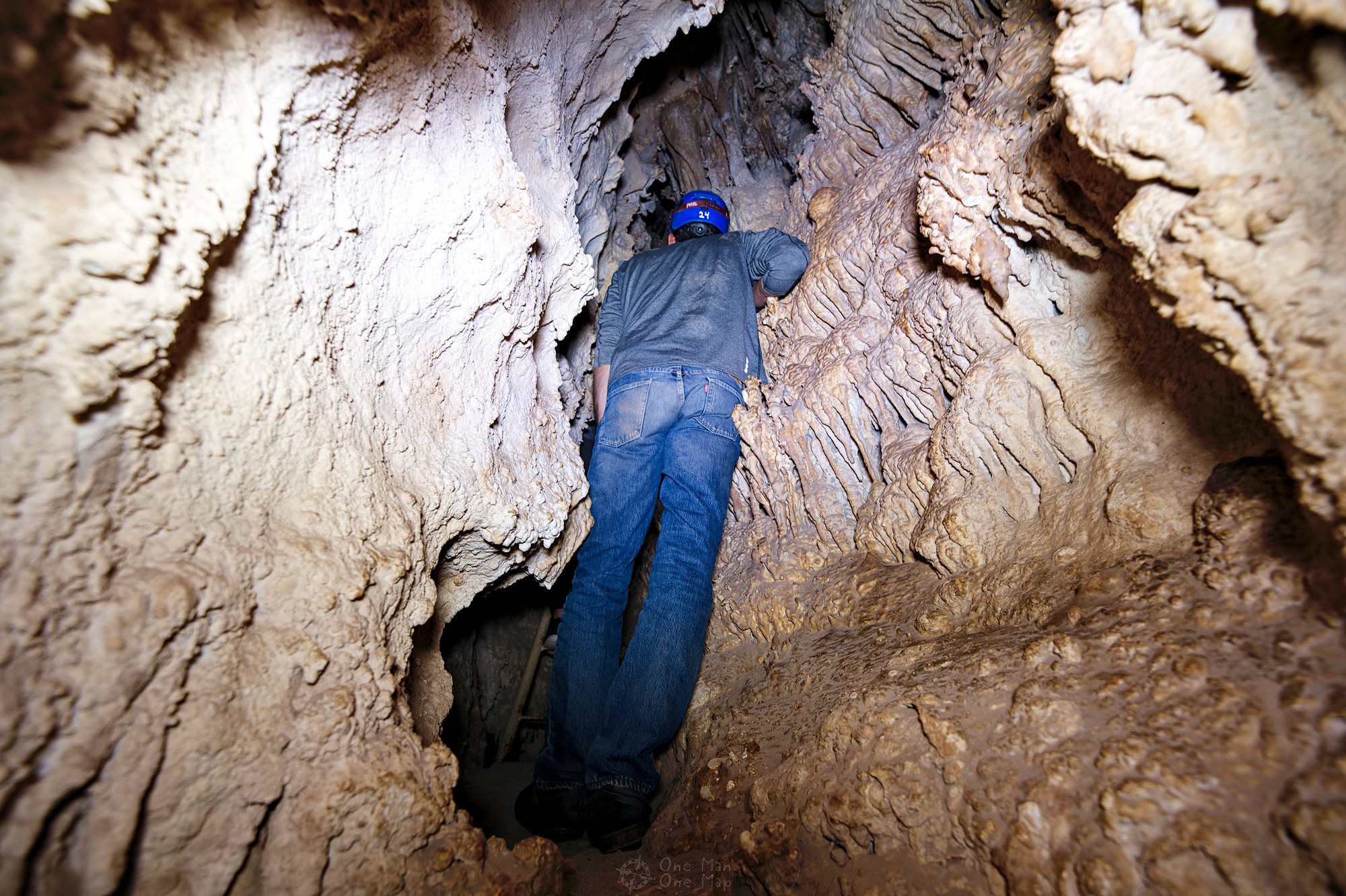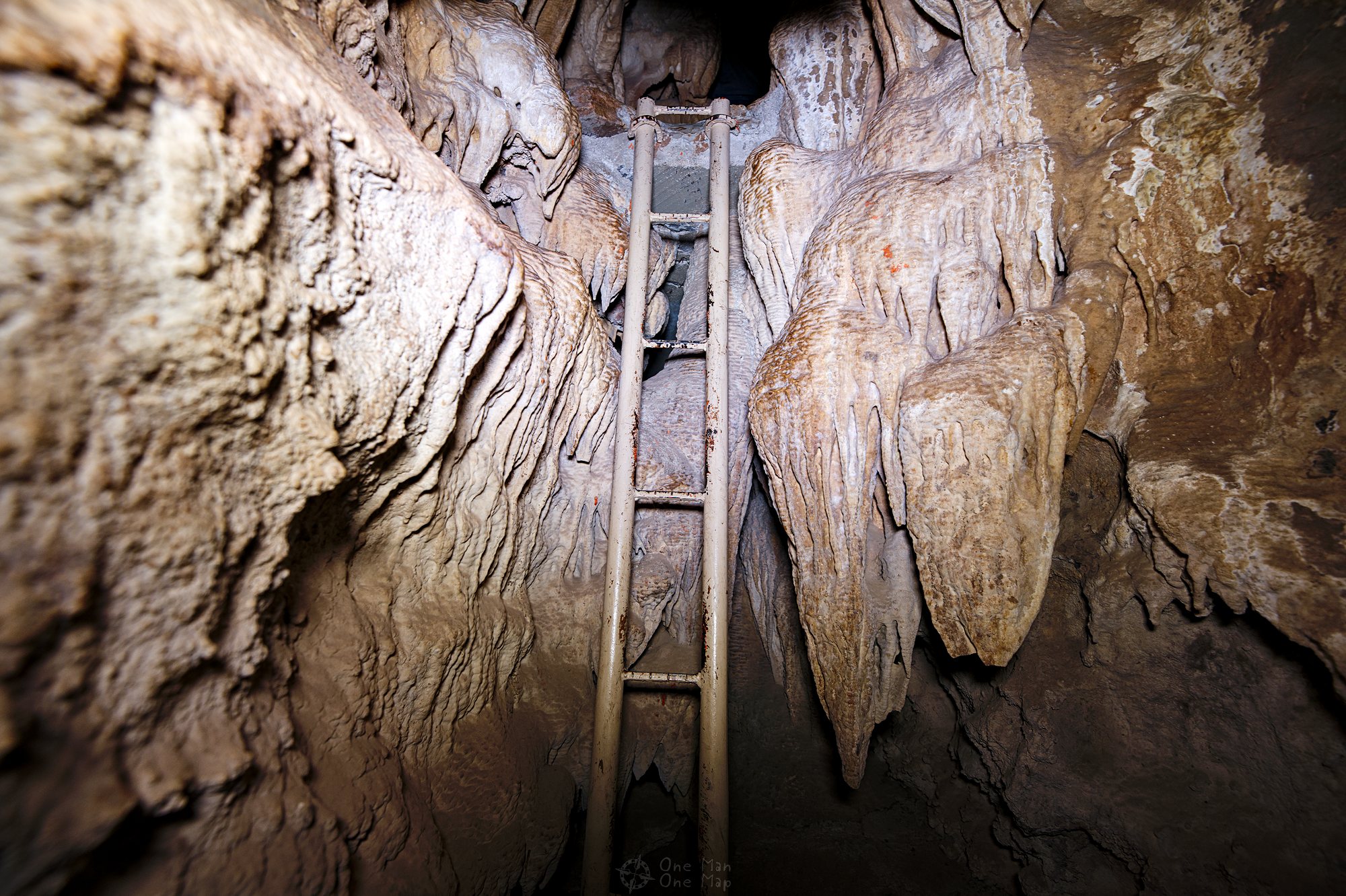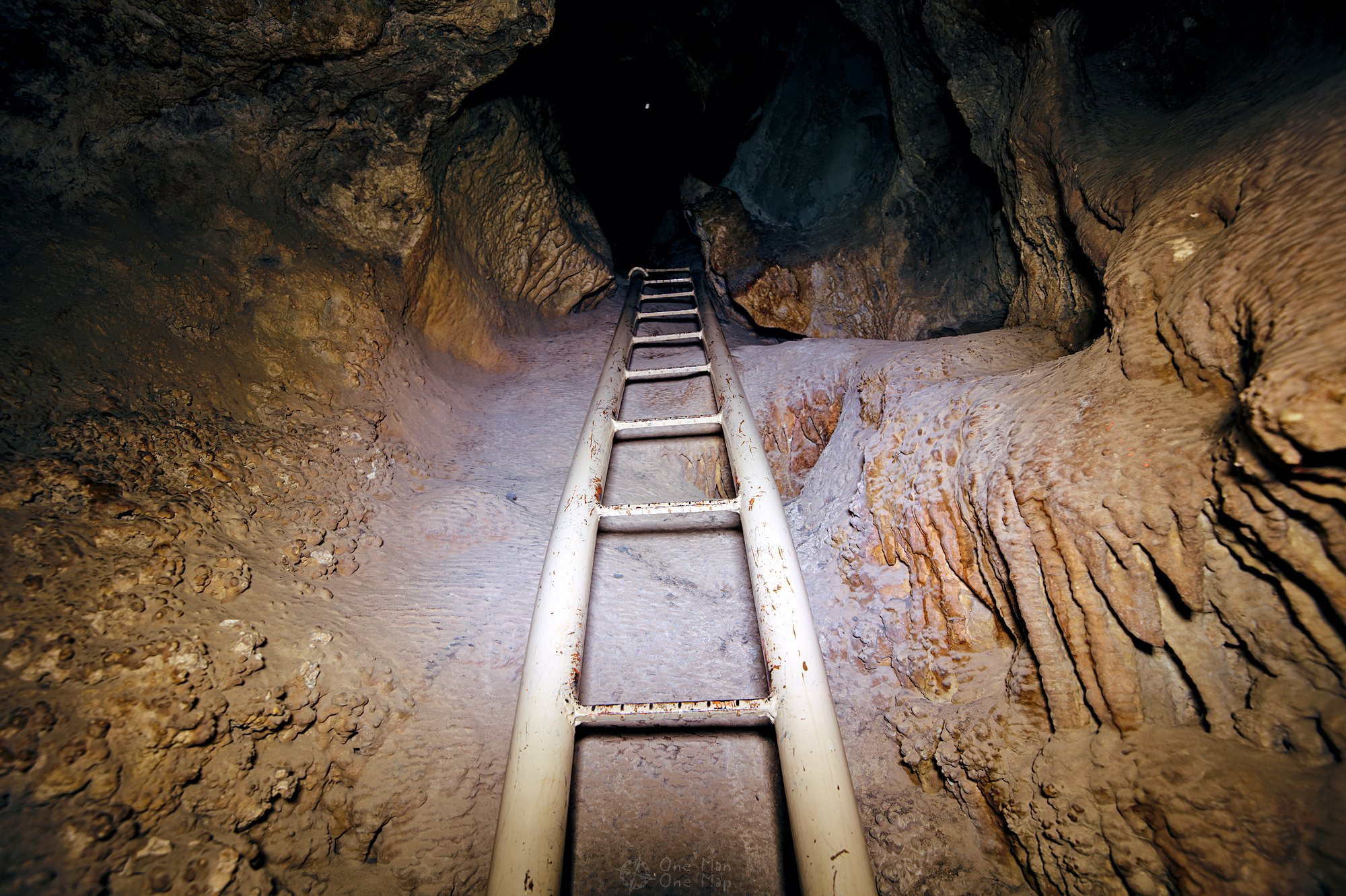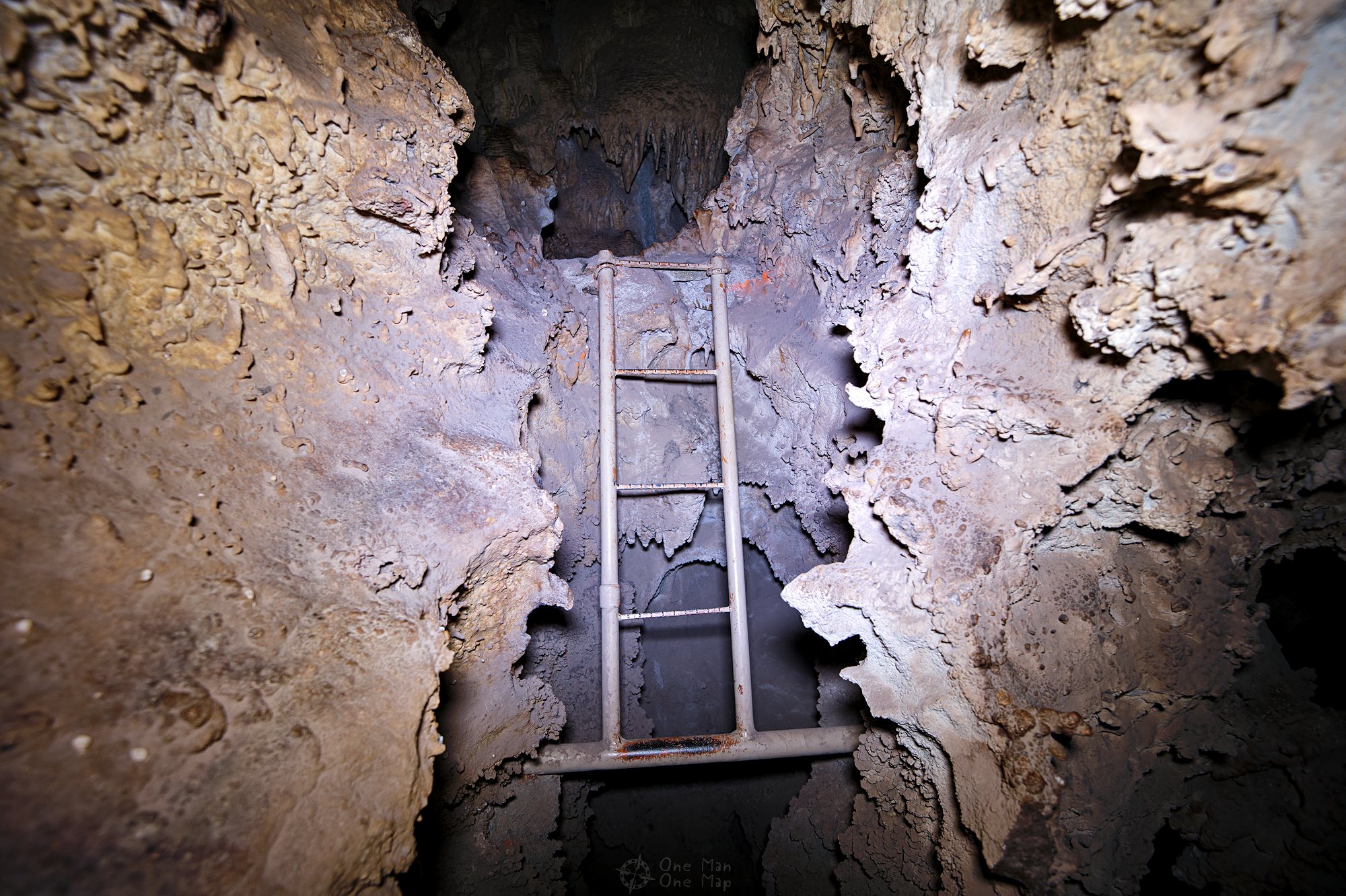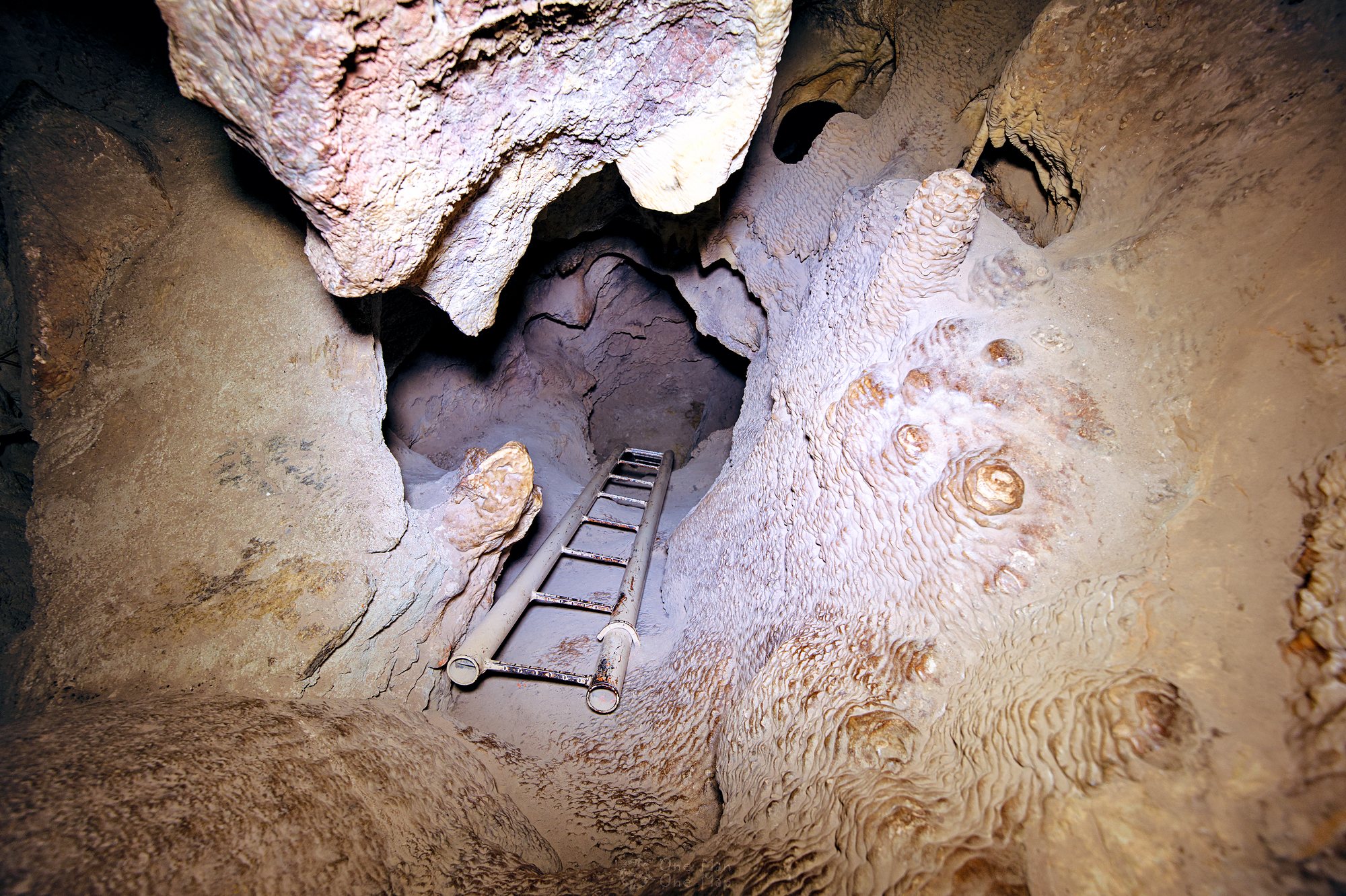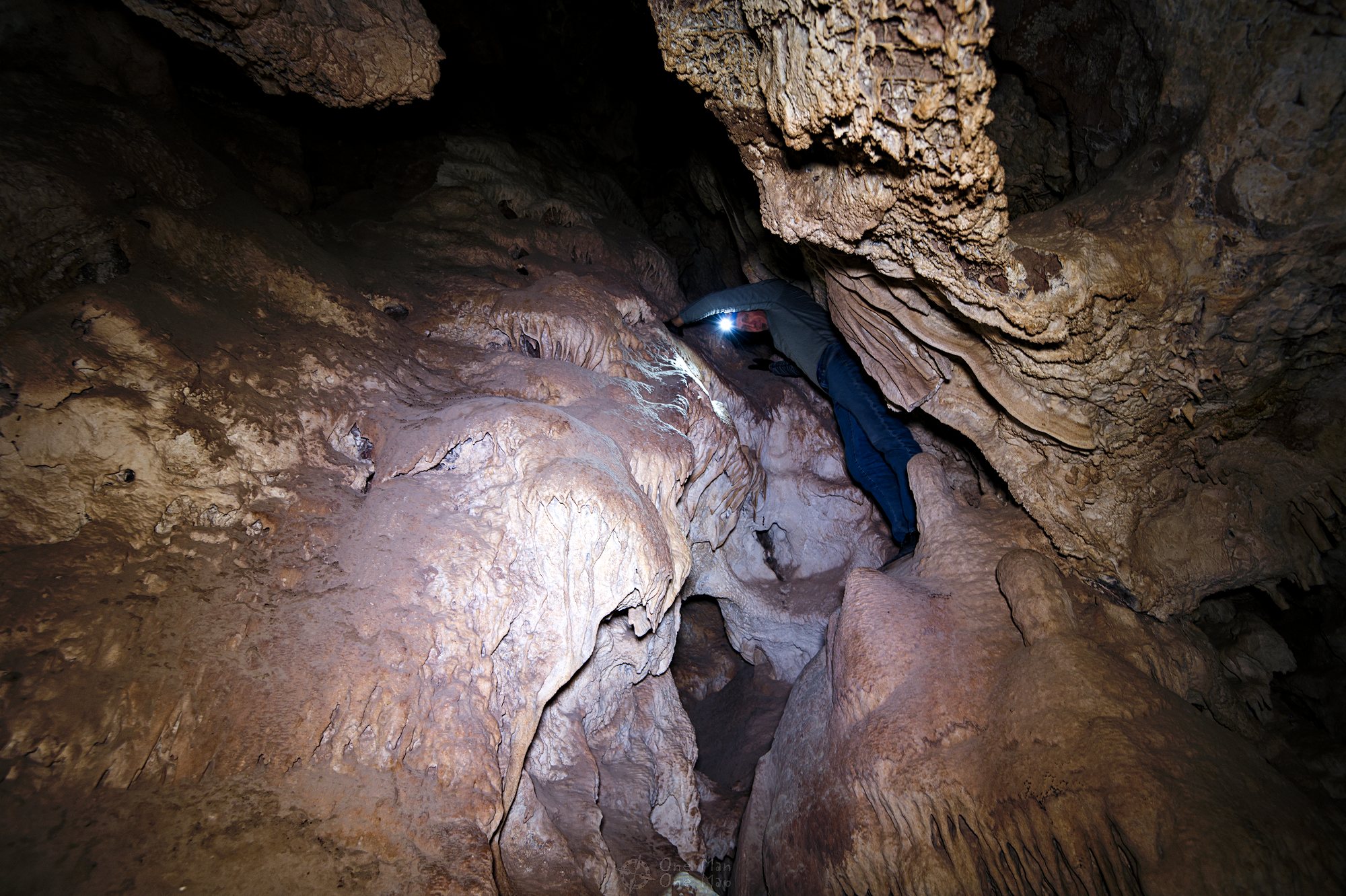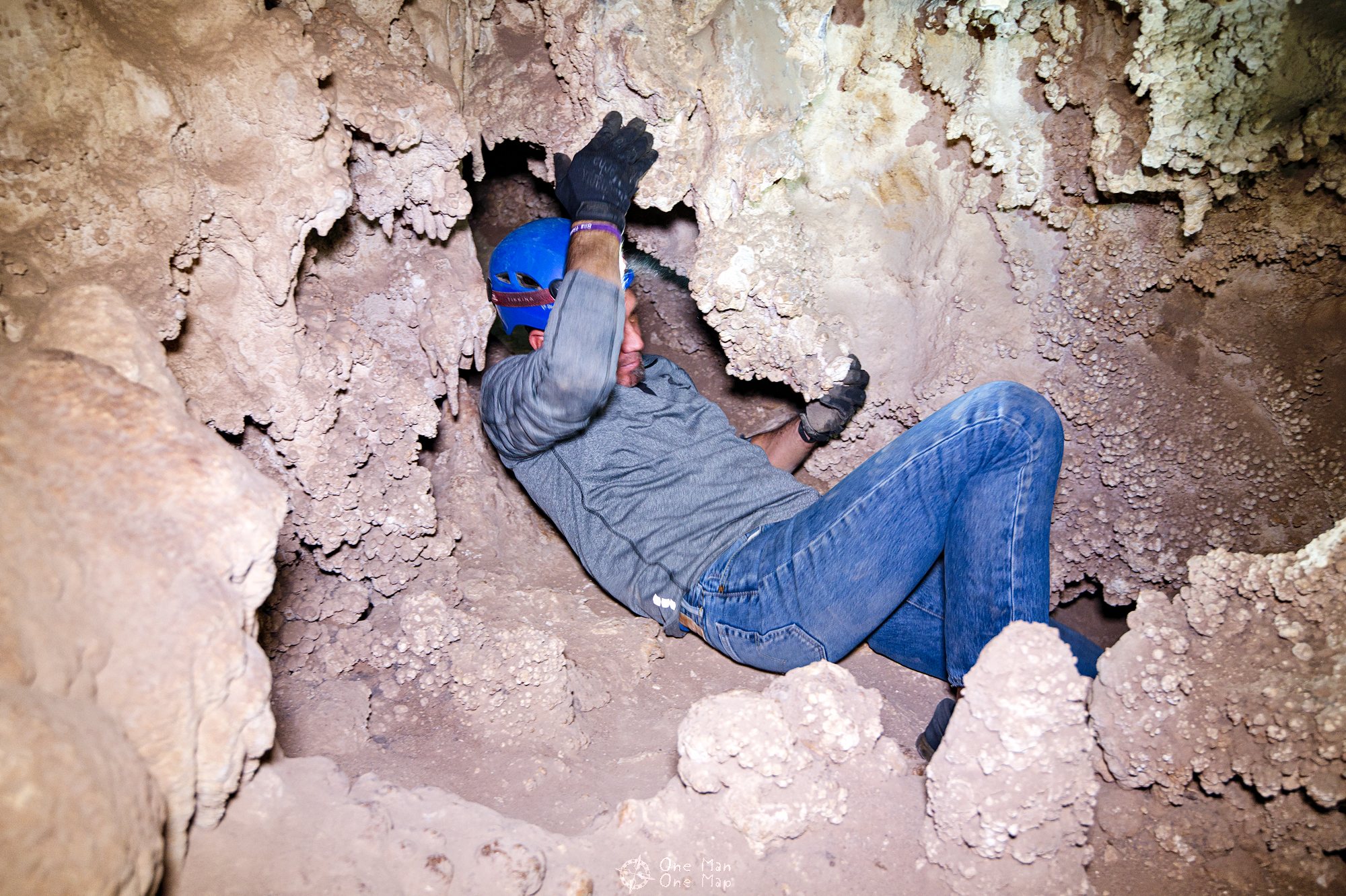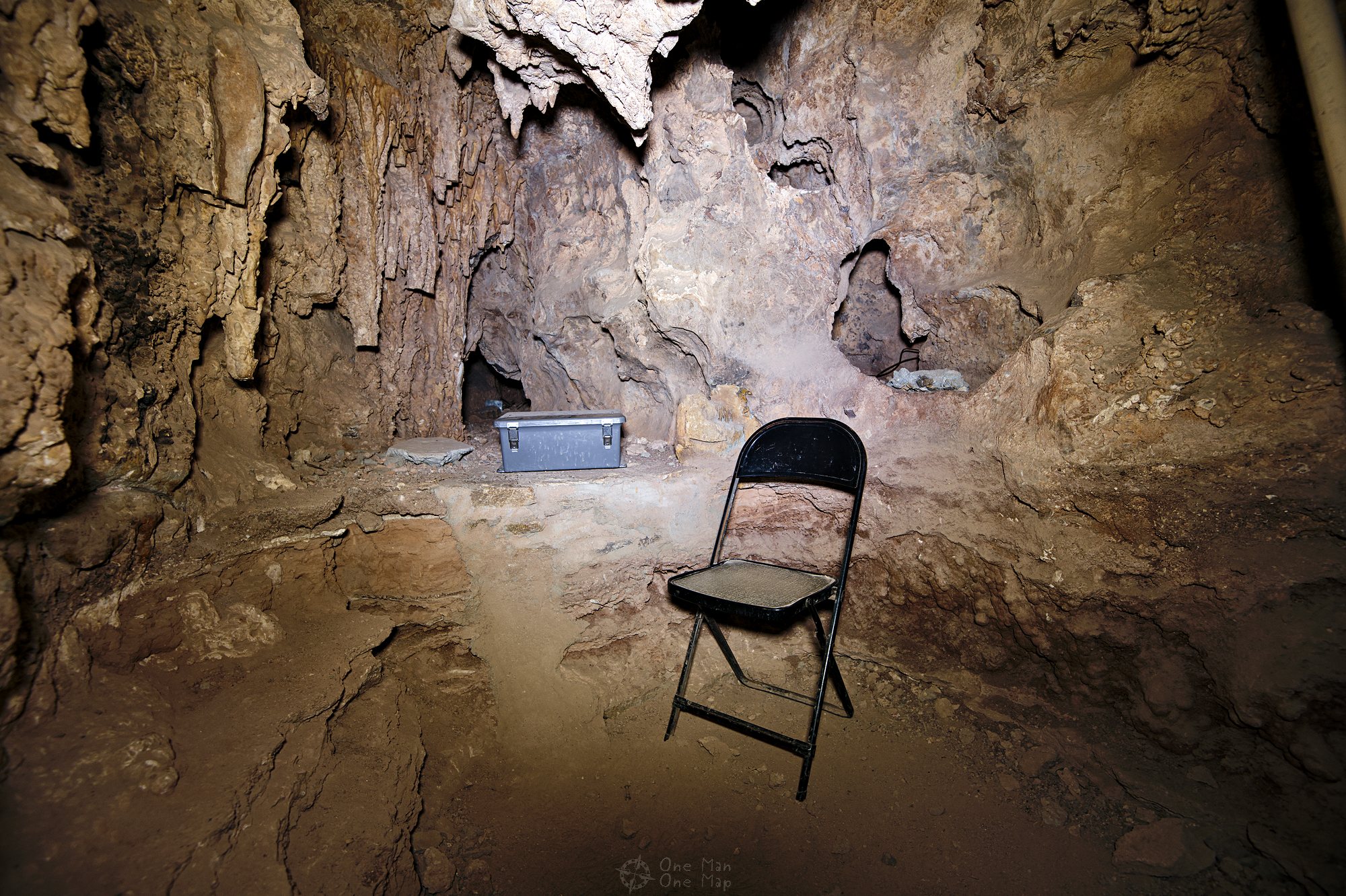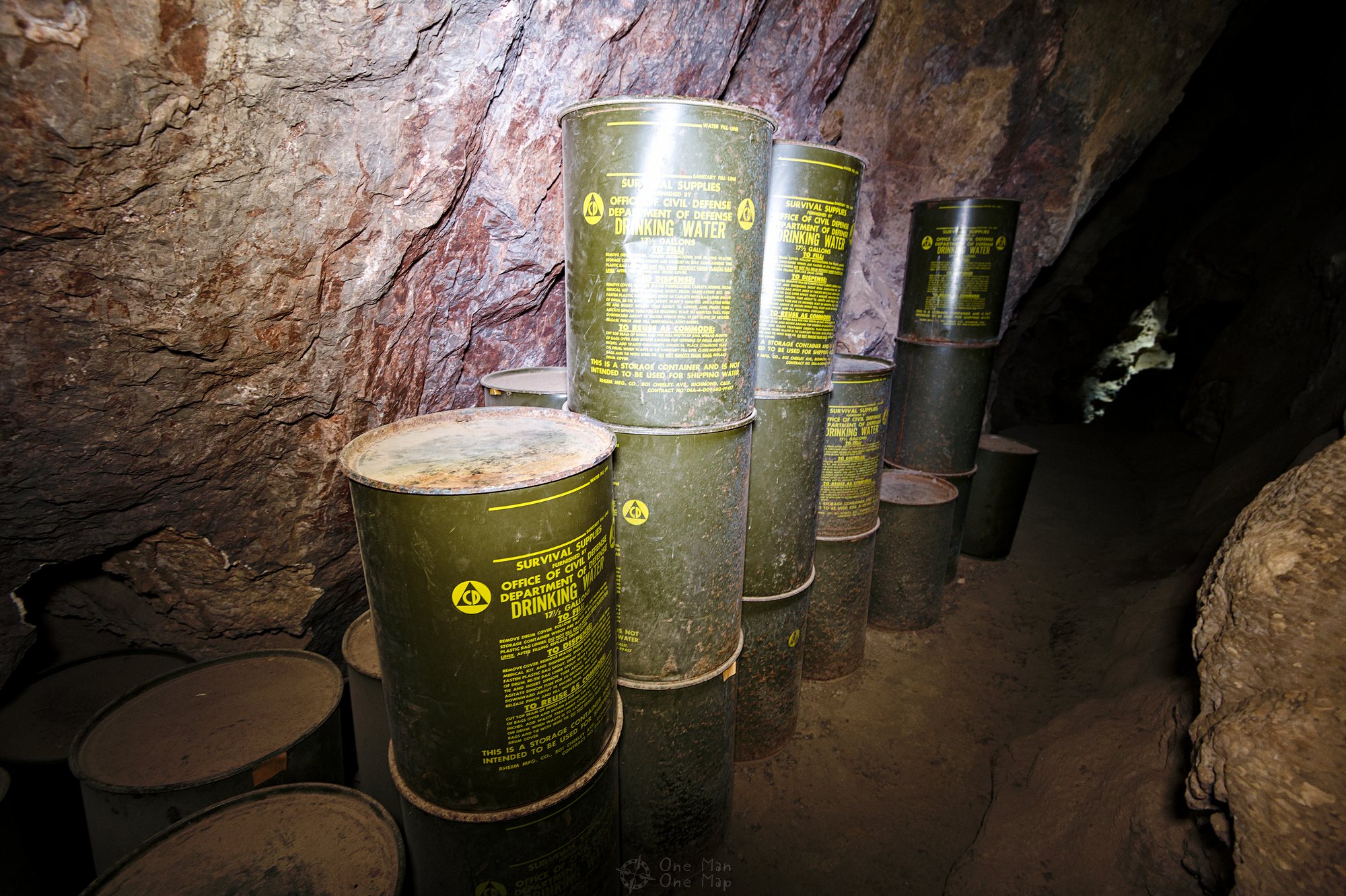Arizona is mainly known for its deserts and cacti. However, the US state is also very mountainous, many peaks are even higher than than 2500 meters (8000 feet). If you have enough of the heat, you can cool down in the caves below these summits – for example in Colossal Cave near Tucson 🙂
Dieser Artikel ist auch auf Deutsch verfügbar. Click here to find out more about United States of America!
The Colossal Cave is now part of the Colossal Cave Mountain Park , one of the many national parks in the United States. The park is about ten square kilometers in size and is located about 45 kilometers (27 miles) from the city center of Tucson. The best way to get there is to take exit 279 on Interstate 10 at Vail, from there there remaining twelve kilometers (about seven miles) are signposted.
In contrast to many other US national parks there is no general admission fee. The area is well developed and, in addition to access roads and hiking trails, also has picnic tables, tent sites, permanently installed barbecue grills, water sources and toilets. Camping in a tent is $ 7.50 (about 6.70 Euros), in your own motorhome or horse trailer $ 12 (about 10.50 Euros) per night.
On the southern side there is also a horse stable, the Posta Quemada Ranch. If you don’t have your own horse, you can rent one for about $ 45 (approx. 40 Euros) per hour and leave your children at the petting zoo ($ 5 or 4.50 Euros for the day ticket) 😉
The Colossal Cave
The Colossal Cave is an approximately five and a half kilometer long cave system below Rincon Peak. It was used as a hiding place by the Indian tribes of the Hohokam, Sobaipuri, and Apache between 900 BC and 1450 AD, but then fade into obscurity.
*In the 1870s, the Mountain Springs Ranch, the Mountain Springs Hotel and a rest area for horse-drawn vehicles were located near the entrance. In January 1879 the owner of the ranch, Solomon Lick, rediscovered the cave with some of his companions. According to newspaper reports they discovered piles of bones, heaps of bat excrement, soot deposits from the fires of the Indians, and about 500 deer antlers during the following explorations. Many stalactites were simply broken off and taken away as souvenirs.
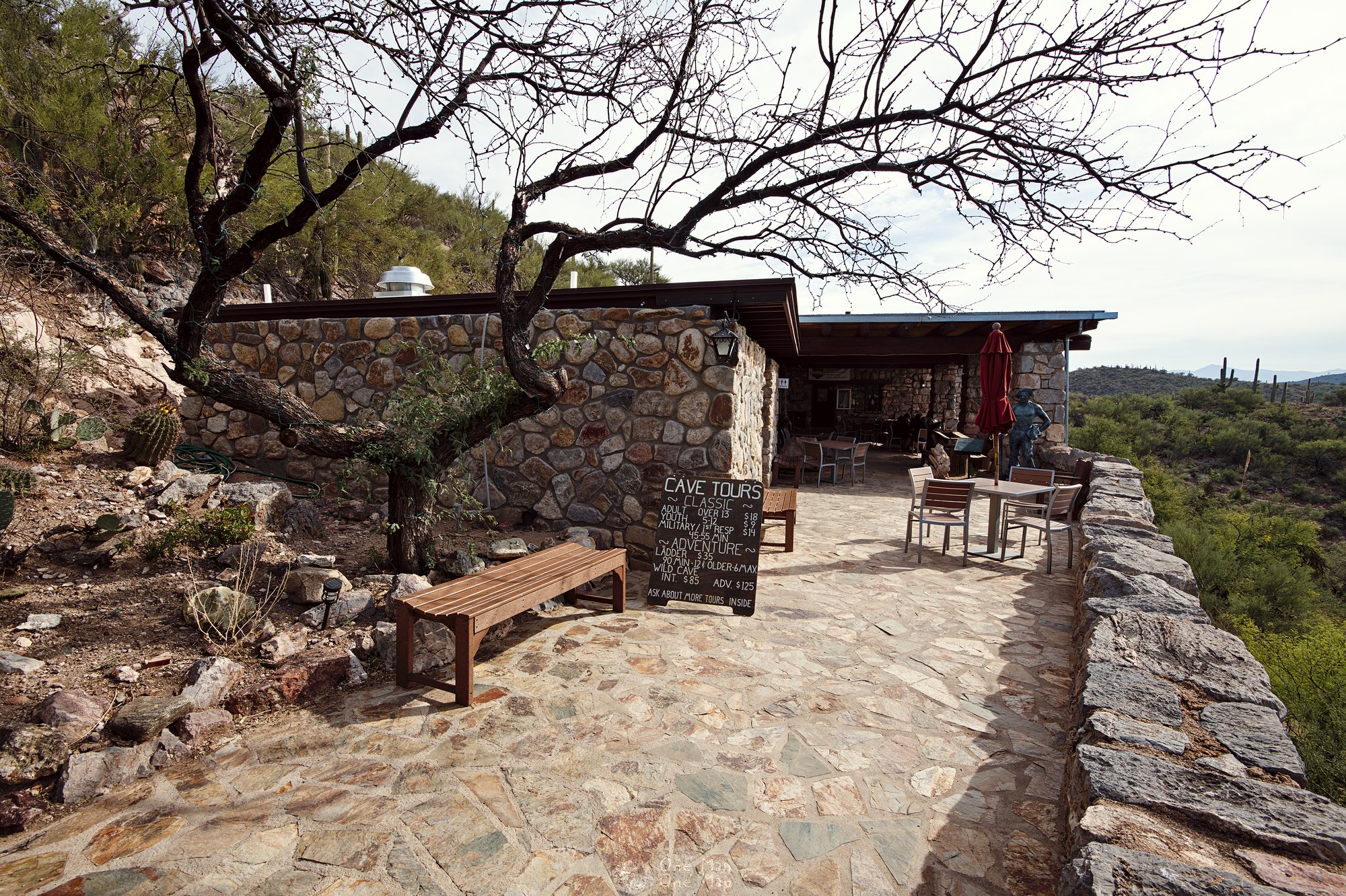
At that time only candleswere available, so only the first couple hundred meters of the cave could be explored. Because of the stinking bat excrement, it was hardly conceivable for tourist use.
In addition to train robbers who are said to have been hiding here from the sheriff in the 1880s, only a few fearless explorers may have ventured inside. Legend has it that the robbers left gold and silver in the cave, but no evidence has been found to date.
In the 1910s, a company had a 25 meter (75 feet) long tunnel dug and began mining the “bat guano”, which was then sold as fertilizer. The entrance area was finally cleared. Several interest groups tried to finally turn the cave into a tourist attraction, even the construction of a railway line to nearby Vail was being discussed. None of the plans were implemented, though.
In 1917, Arizona State Museum archeology professor Byron Cummings conducted two expeditions. He made the first map and named the different formations in the cave. Around this time the name “Colossal Cave” was born.
The Colossal Cave is a long way from Tucson, but between 1912 and 1918 the number of motorized vehicles registered in the United States increased five-fold. Short trips to the city surroundings became affordable for more and more people. The area of today’s Colossal Cave Mountain Park established itself as a popular area for hikes, picnics and short trips inside the cave. Newspapers even ran corresponding advertisements from 1918 onwards.
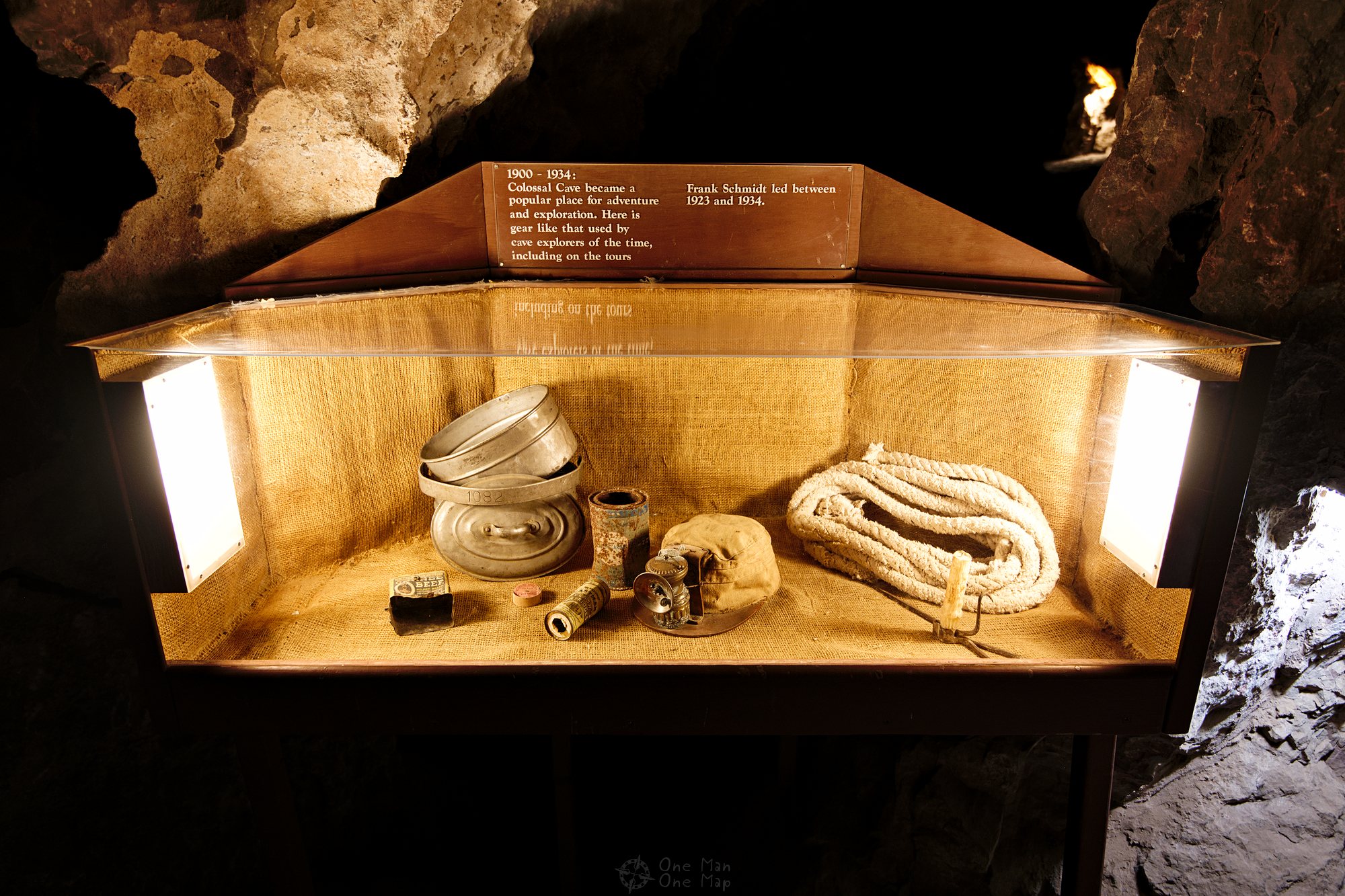
In 1922, German immigrant Frank Schmidt finally leased the surrounding country from the state of Arizona after allegedly having spent up to six days at a time inside of it in the previous years. He turned the cave into a real tourist attraction and invested in a number of improvements, including a ticket booth and electrical lighting.
By 1930 Colossal Cave was already so well known that parts of the public – especially the Arizona Daily Star newspaper – demanded its transformation into a National Momument. Schmidt agreed to hand everything over to the state in 1934, and the Civilian Conservation Corps (CCC) turned the cave to its current state.
The Civilian Conservation Corps was a governmental job creation scheme during the Great Depression between 1933 and 1942. Millions of young, unemployed men worked on the country’s public infrastructure under the direction of US Army reserve officers. The workers received food, shelter, and a minimum salary of $ 30, of which $ 25 had to be sent home to family members.
In addition to building roads, river fortifications and irrigation systems, the Civilian Conservation Corps also developed the national parks. Between 1934 and 1937, two different corps built the first roads, picnic areas, and buildings in Colossal Cave Mountain Park. The cave received stairs, paths, handrails, ladders, and a lighting system.
Frank Schmidt was hired by the State of Arizona as a director and held this job until 1956. Since then, a private company has been leasing the cave from the state and offers guided tours.
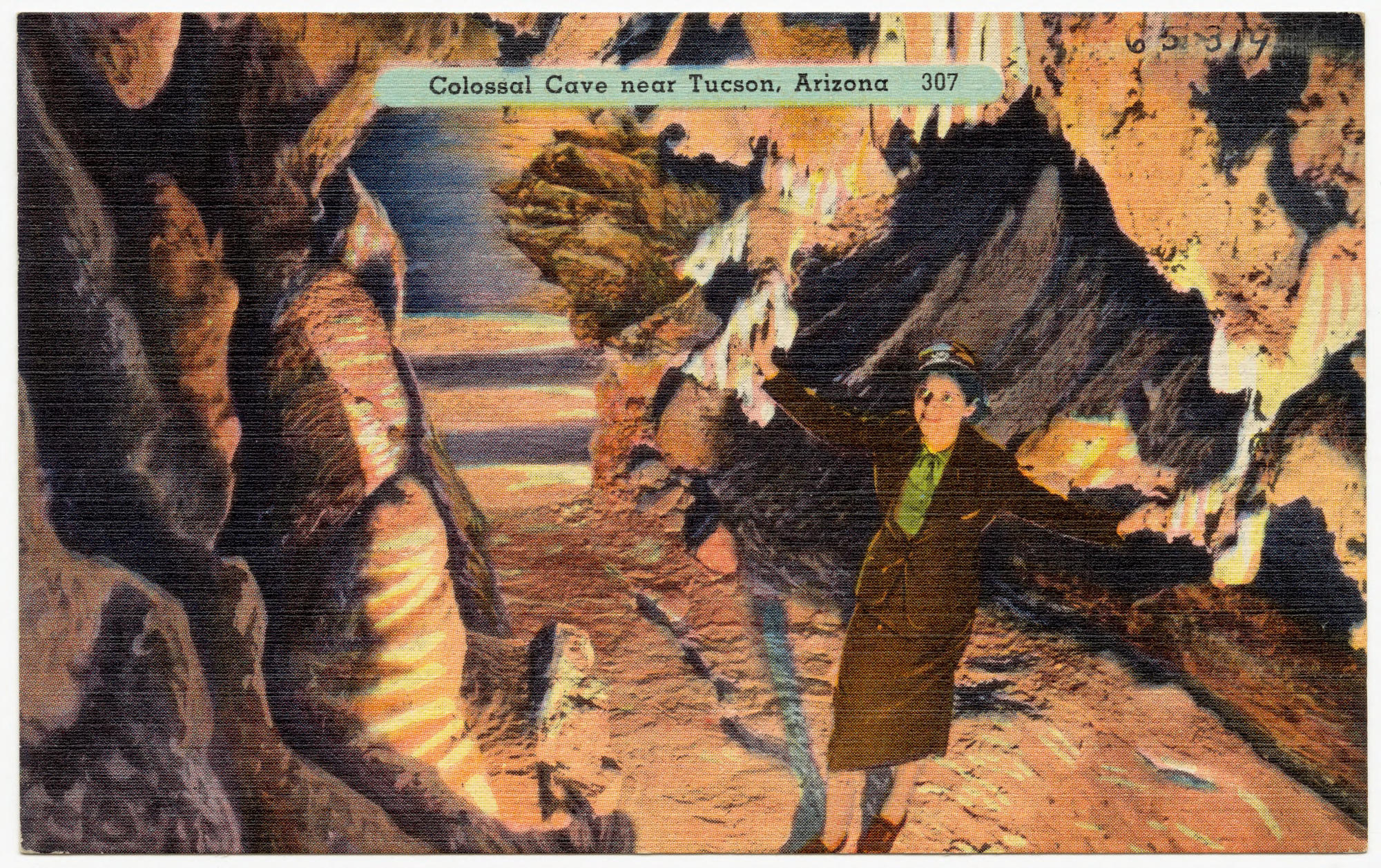
The way down leads over 363 steps. Most of the cave is located about 15 meters below the entrance level. You don’t have to dress in layers, at 20°C (70°F) inside it can even get quite warm.
The Colossal Cave is a “dry” cave. The stalactites and stalagmites no longer grow because the underground water source has changed its course. The water is now dripping off the ceiling in the nearby Arkenstone Cave instead. As a result, the damage done by the first visitors over 100 years ago is still clearly visible. Smaller stalactites in particular had been broken off and taken away.
Incidentally, anyone looking for the Colossal Cave on the Internet is faced with a small problem: The cave shares the name with a computer game developed in 1976. It is pure coincidence, but the computer game is much better known than the tourist attraction…
The “Ladder Tour”
The regular tour lasts about 45 minutes and only covers the part of the cave system which is equipped with stairs and handrails. Areas with narrow ladders can be explored during an approximately 90-minute long Ladder Tour twice a day for $ 35 (approximately 31 Euros). In addition, three to five-hour climbing tours through the undeveloped areas are offered on various dates (85 to 125 US dollars, 75 to 115 euros). Special photo tours are available on request.
I chose the Ladder Tour because with my light luggage and the camera gear I simply wasn’t equipped for a spontaneous three to five hour climbing tour.
Not just are the ladders narrow, but also the tunnels and the pontoons built by the CCC. There are no more handrails or other security measures on this tour. The abysses are never really deep, but if you fall down it will be, very, very painful and the way back up is going to be difficult.
Small side tunnels branch off in some rooms, which then lead to other cavities or back to the main room. Visitors are free to climb around and crawl into the tunnels here. Of course not everyone has the courage to squeeze themselves into a hole which seems to be hardly as wide as one’s own body …
Towards the end of the tour you can sign the “amateur cave explorer” logbook in this room.
On the way to the ladder you will pass these old, odd drinking water barrels. The Civil Defense Department used the cave as a shelter during the Cold War. After all, Tucson was one of the main targets for the Soviet Union because of the 18 Titan II nuclear missile silos scattered around the city…
Conclusion: Even if it’s not 105 degrees Fahrenheit outside, a visit to Colossal Cave is worth it. In most other caves you’re not allowed to just climb around 😉
This post was written by Simon for One Man, One Map. The original can be found here. All rights reserved.

